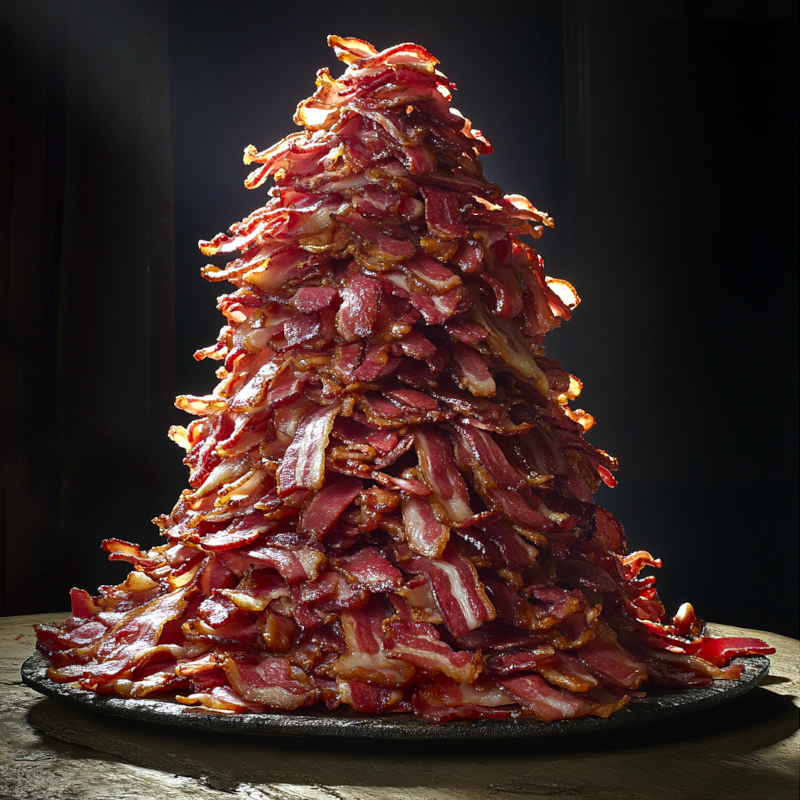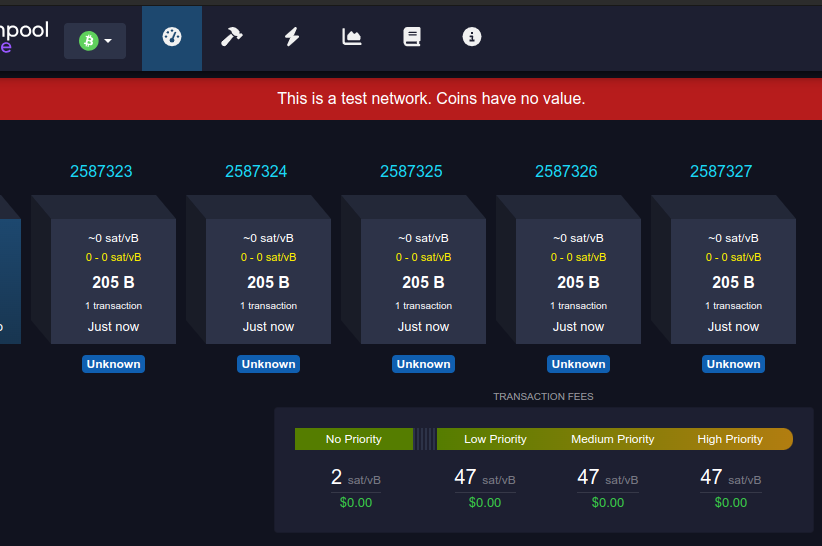Metal Bitcoin Seed Storage Stress Test (Part II)
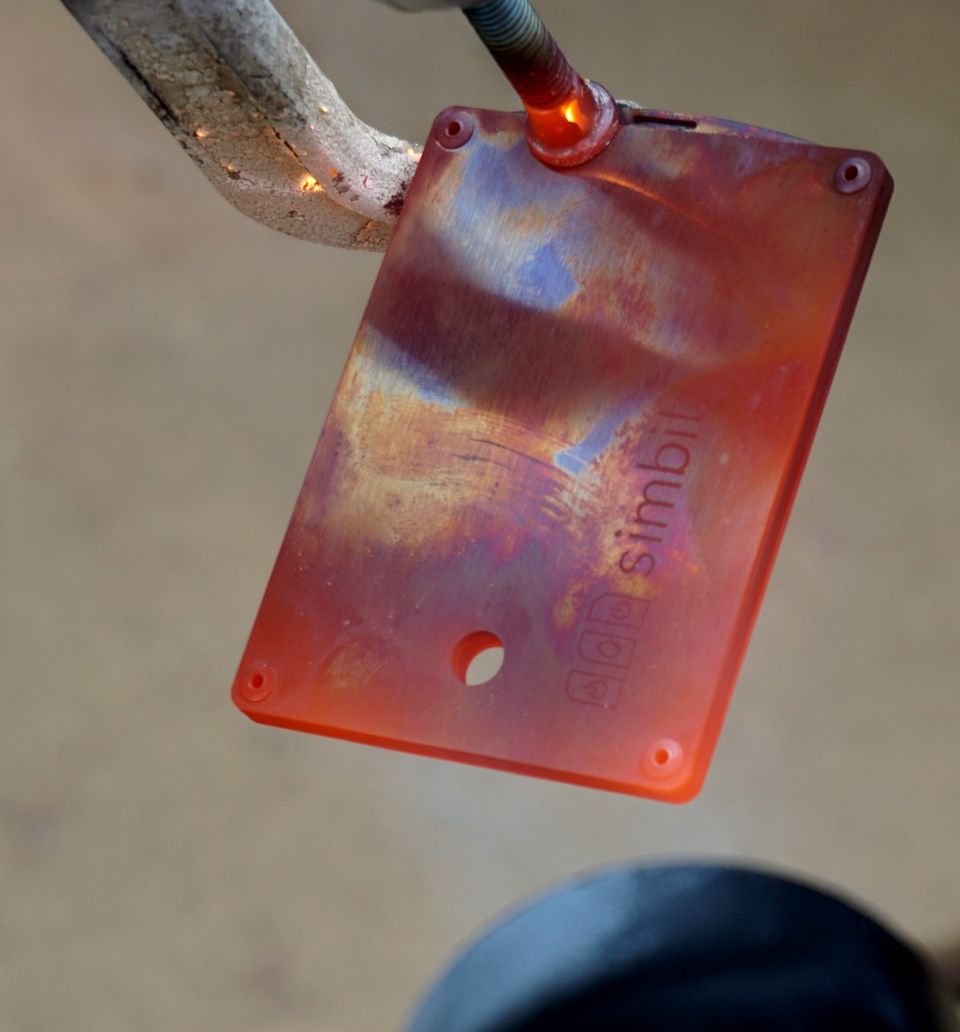
Note: This is a recurring series; you can read the full results of the entire series here.
A year ago I published the results of extreme stress tests that I performed upon popular metal seed storage devices. You can view my first stress test here in which I tested Billfodl, Bitkee, ColdTi, Cryptosteel, and Crypto Key Stack. As I noted in that post, my primary considerations for the robustness of a seed storage device are heat resistance, corrosion resistance, and crush resistance.
For this round of testing I’m repeating the same procedures but with two minor changes:
- The makers of the tile-based devices objected to my heat test on the grounds that I used a butane torch with a small flame and as a result, the heat was applied unevenly and created warping that allowed the tiles to fall out. This was a fair point, so instead of using a small torch this time I’m using a large propane torch that creates a flame over 4" in diameter.
- I had some poor results with etching the ColdTi during the first test and was informed by the owner of protectingcoin.com that my AA battery powered engraver didn’t have enough juice. He was kind enough to donate a Dremel engraver for these tests. The engraver also came with a template which turned out to be quite handy.
The Contenders
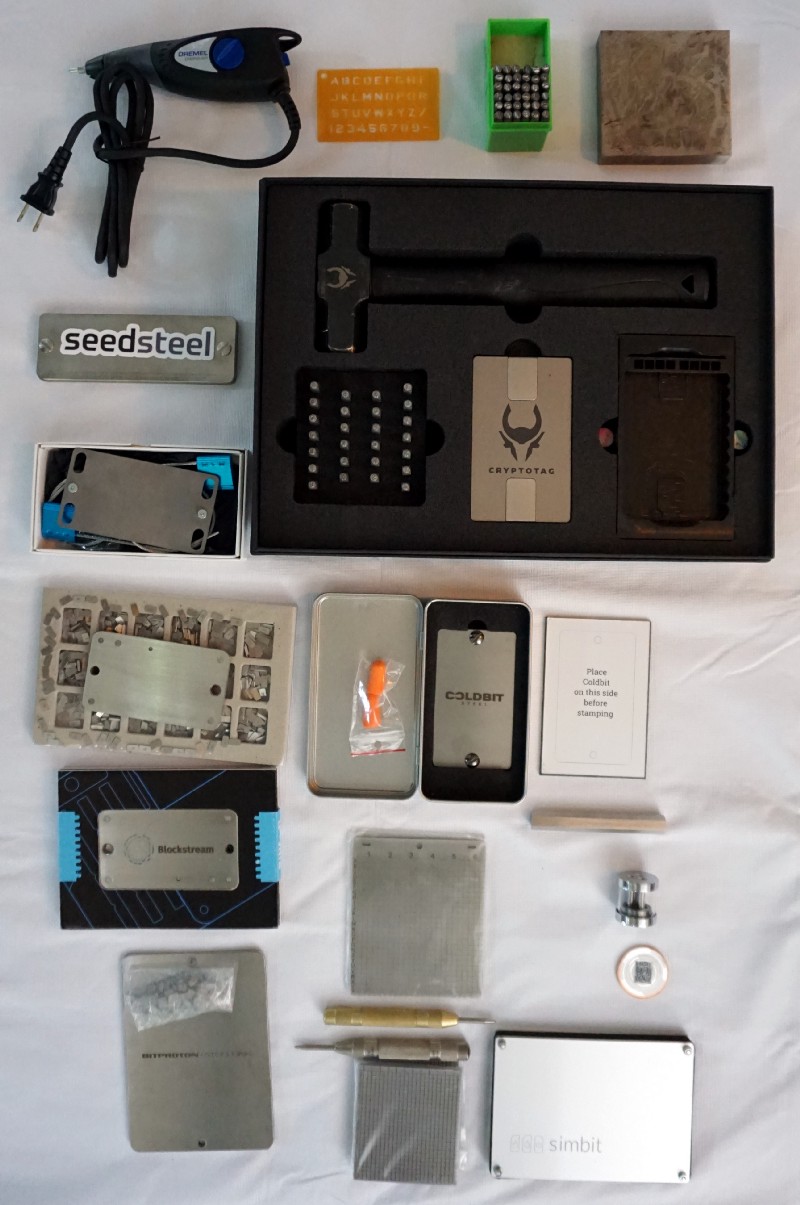
Blockplate 2.0: Claims “Exceptional strength. Fire and heat protection (Up to 1149°C / 2100°F). Water and corrosion resistant. 12 Gauge 304 Stainless Steel is tough against wear and tear.” The unique thing about this design is that it uses neither stamping nor etching. A simple center punch stores your seed in minutes with a dot for each character.
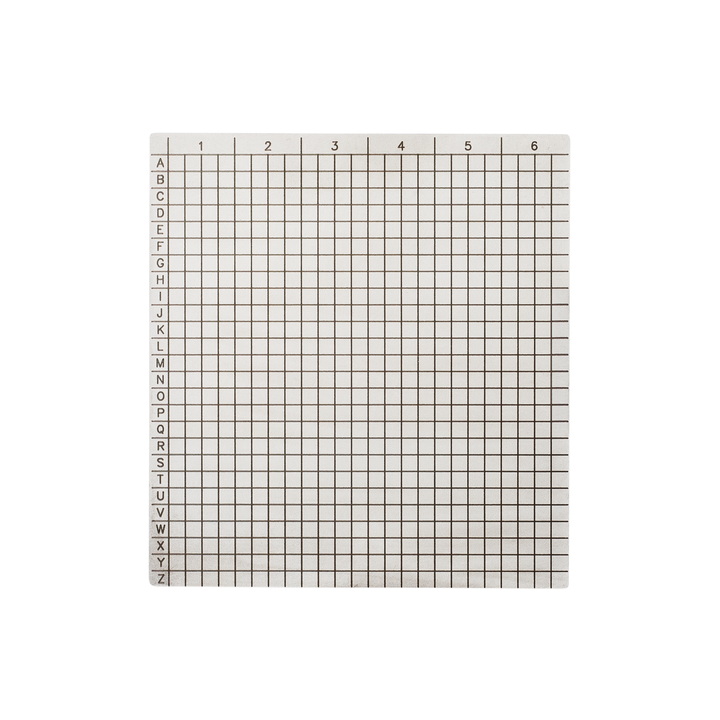
Blockstream Metal: A rebranded Billfodl, based on open source Cryptosteel design. Stainless steel device that comes with prefabricated letters. “You can then rest assured that our high quality marine grade 316 stainless steel will keep your seed safe against all the elements.”
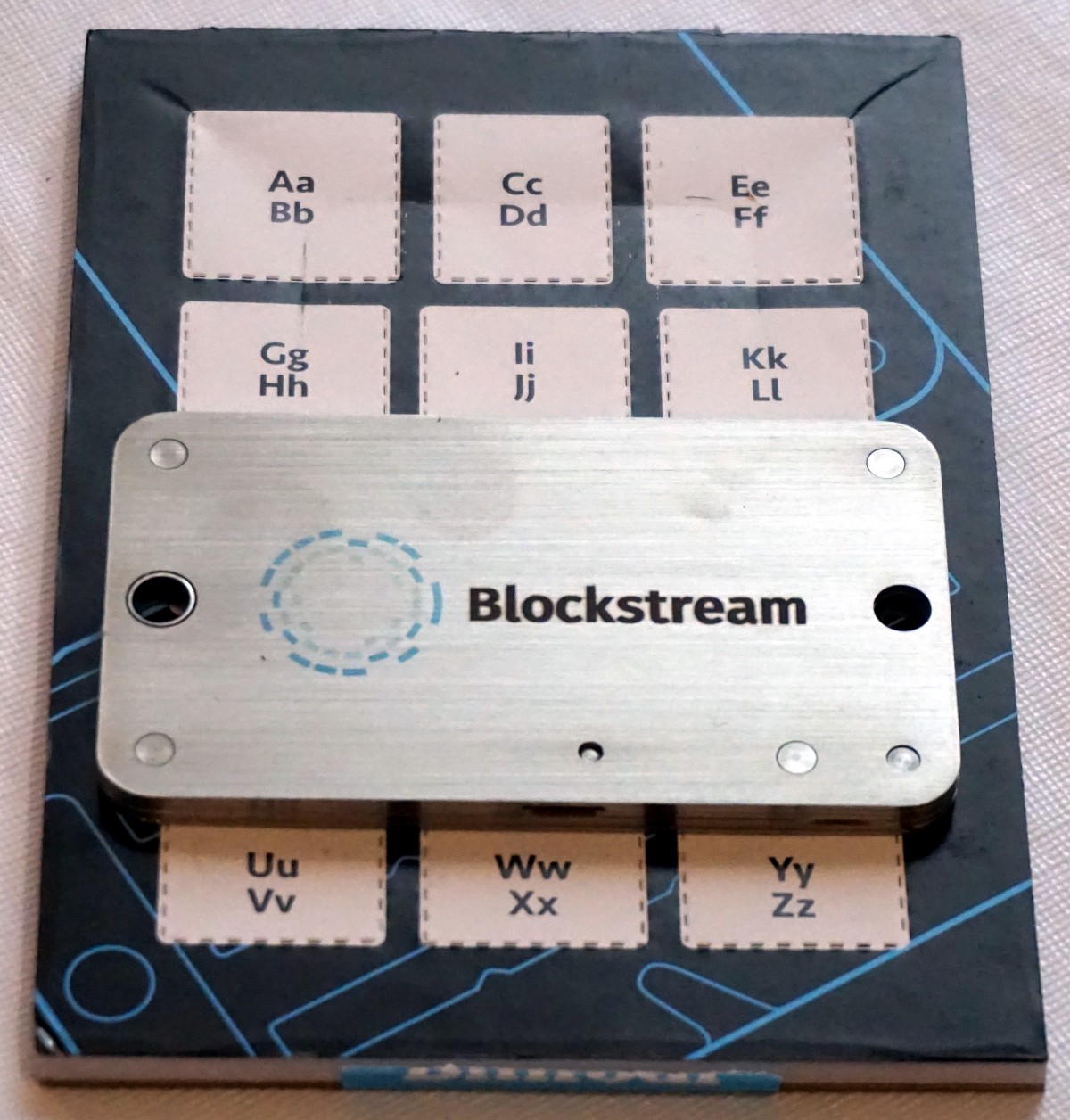
Coldbit Passphrase: I was excited to see this because it’s the same design as the CryptoHex, which I’ve been trying to get for nearly a year now. Coldbit says that this is designed to store the passwords to your BIP39 encrypted seed phrases, but there is also enough room to store a 24 word seed phrase on it.
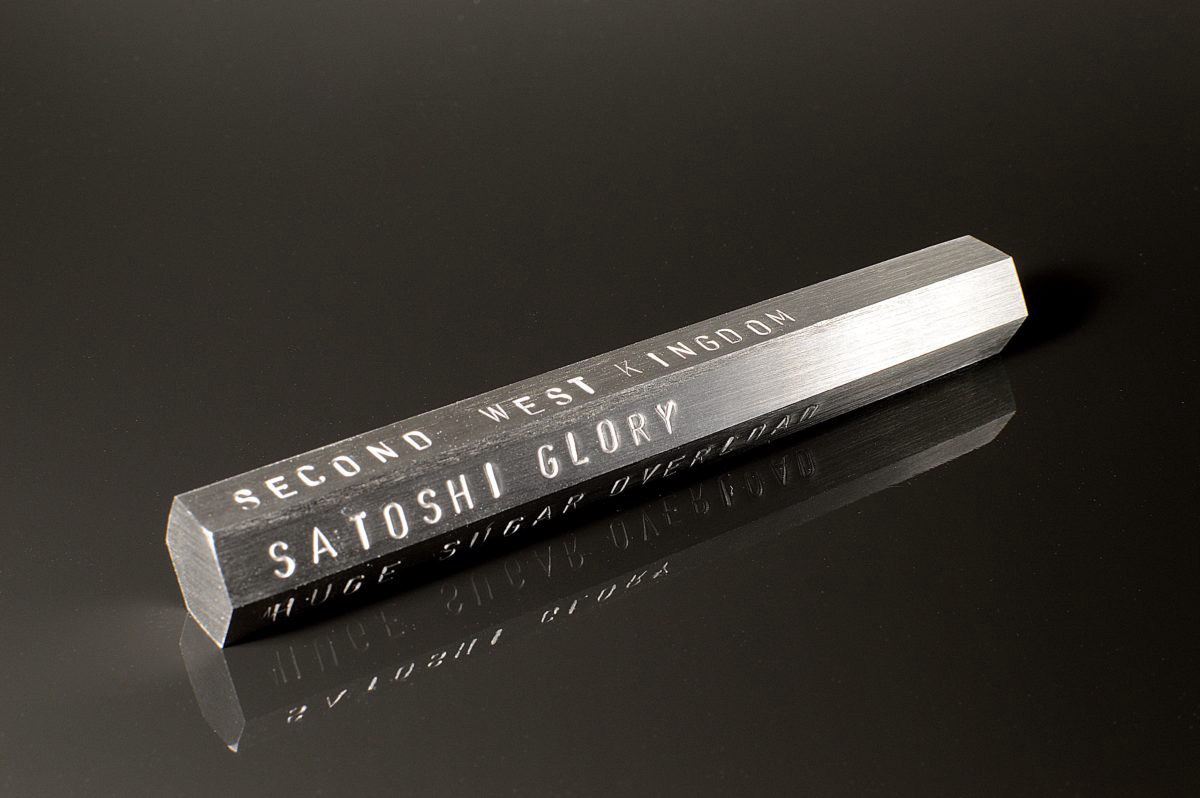
Coldbit Steel: Made of 4mm thick stainless steel plate, a 2mm thick stainless steel cover and 2 nickel binding posts. It’s designed to withstand house fire, flood, electrical shock, extreme temperatures (up to 2192°F / 1200°C) and humidity. Nice touches are that the Coldbit Steel came with a stamping plate, ear plugs, and the Coldbit Passphrase hex rod.
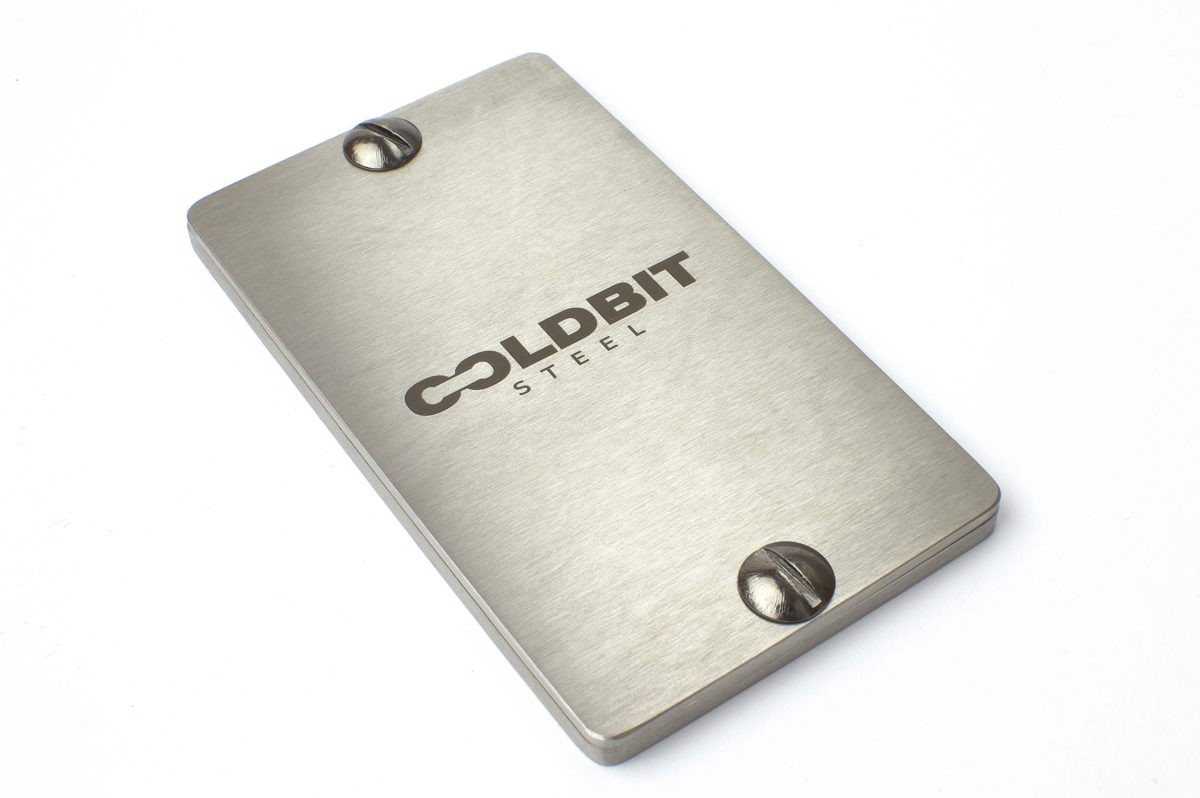
Cold Storage Coins: Touted as “un-hackable, flood-proof, and fire-resistant” my hopes are not particularly high because this looks more like collectible art than extreme storage.
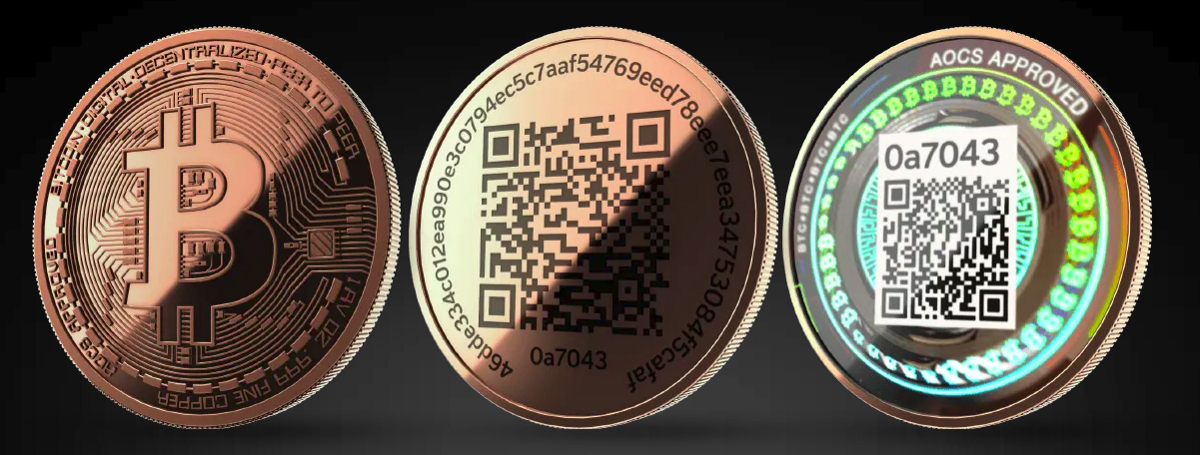
CryptoTag: Made of titanium, it claims to be fire proof up to 3029°F / 1665°C, corrosion & erosion resistant, and indestructible with “bullet stopping power.” The most expensive by far at a cost of 170 euros.
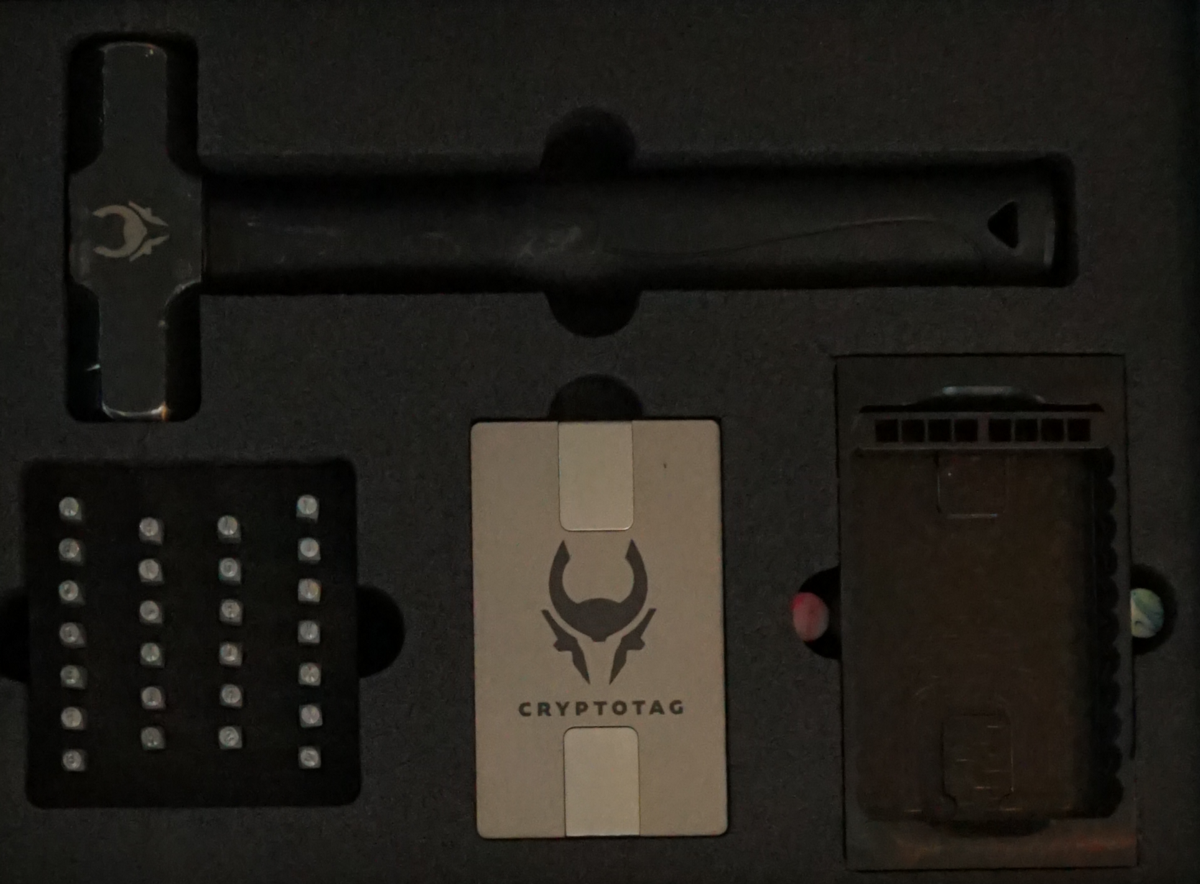
CryptoVault: Claims to be fire-proof, water-proof, rust-proof, wind-proof, electric-proof, EMP-proof, drop-proof, spilled coffee-proof, pet-proof, baby-proof, demon-proof and acid resistant. It reminds me of the ColdTi in terms of side and feel. The one-way wire security cables with serial numbers are an unique touch that provides tamper evidence.
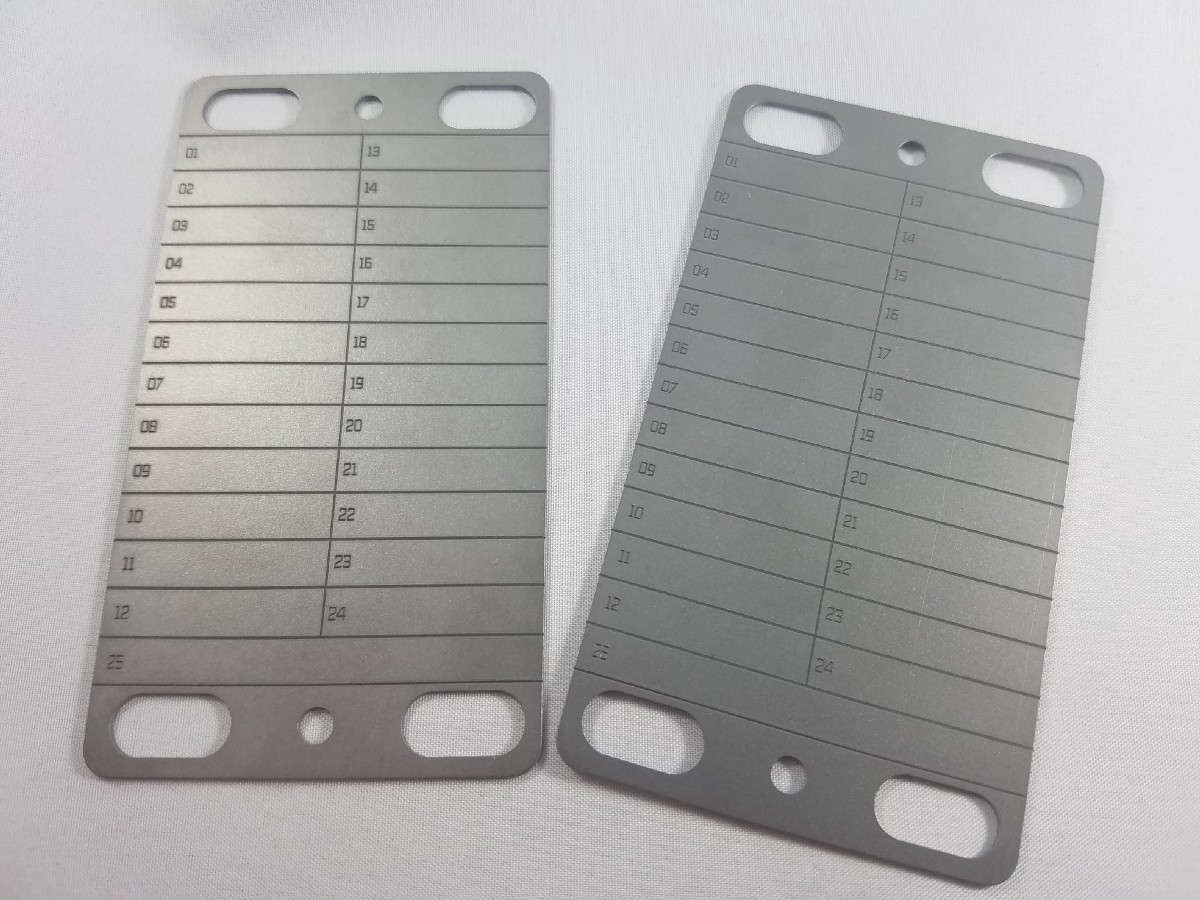
The HODL wallet: Looks to be a clone of the Billfodl / CryptoSteel. Claims “made from AISI 316 stainless steel, the HODL wallet is fireproof, waterproof, shockproof, corrosion resistant, and astonishingly strong.”
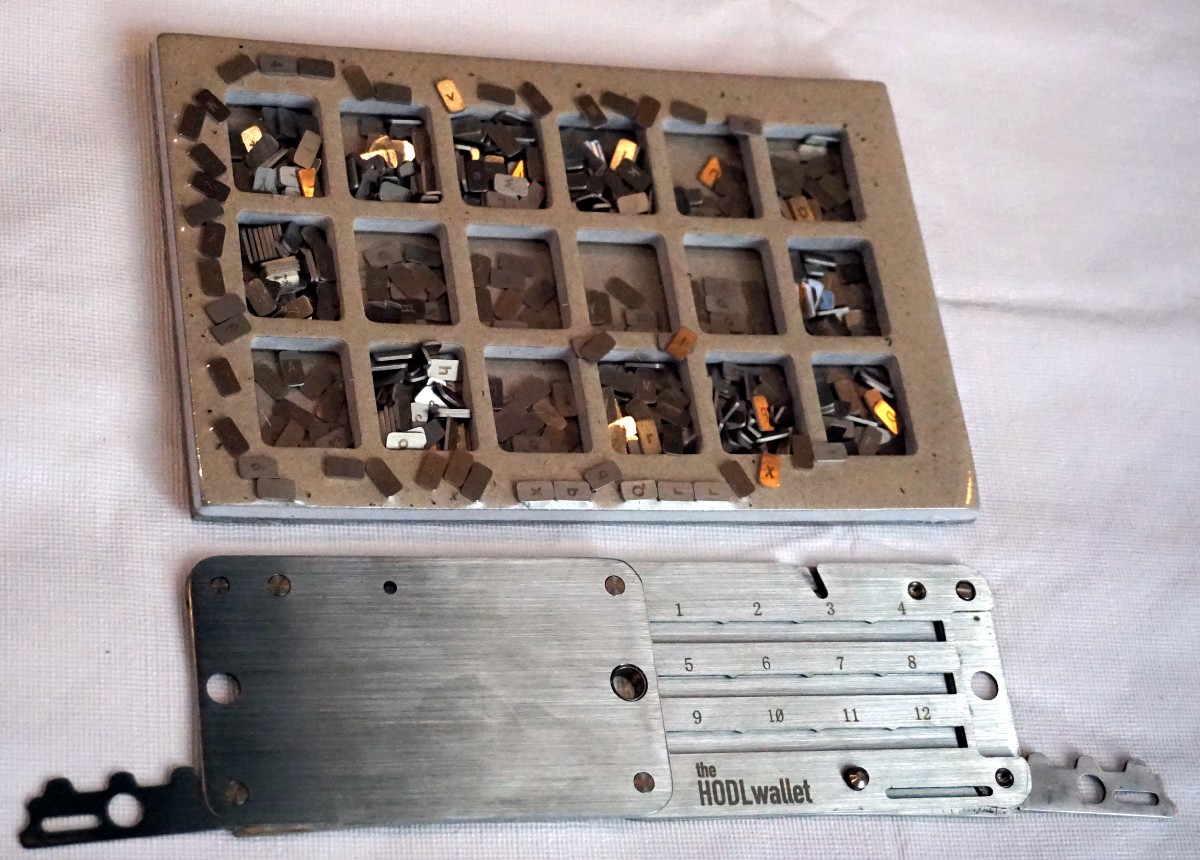
Keyois Capsule: A fairly artistic design; this also uses keys generated by the creator thus there is a component of trust involved. “A securely generated public address and secret key are laser engraved on two Tungsten rings which are sealed together before being encased inside an air-tight polished aircraft grade aluminium capsule along with a centerpiece of the buyer’s choice. The capsule can be loaded by anyone viewing the capsule from the outside, however in order to spend any funds within, the device must be broken open. Designed for long term storage the information will not rot, rust, burn, corrode, demagnetize, melt, or get crushed.”
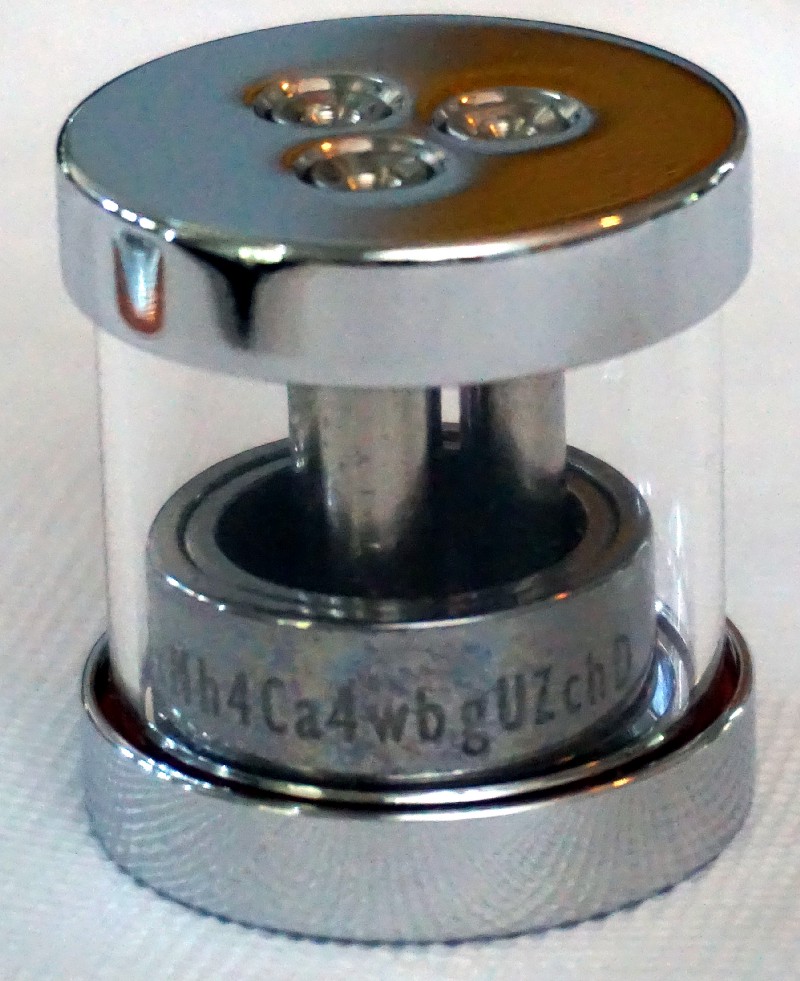
SeedSteel: Looks pretty rudimentary — two thin steel plates sandwiched between two really thick steel plates. Came with a center punch to write words as dots, which was odd. Interestingly enough, appears to have gone out of business after I ordered but before I performed the stress test.
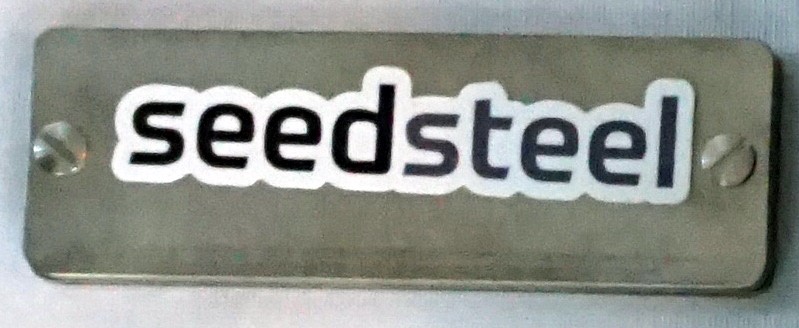
Simbit: This is a tile-based design but is not based upon CryptoSteel like all the others I’ve tested. “Simbit’s materials are rated to survive prolonged exposure to temperatures of up to 1700°F / 925°C. That’s 600°F hotter than a typical house fire. Simbit is constructed entirely in 316 marine grade stainless steel alloy, providing superior corrosion resistance to more common stainless steels.”
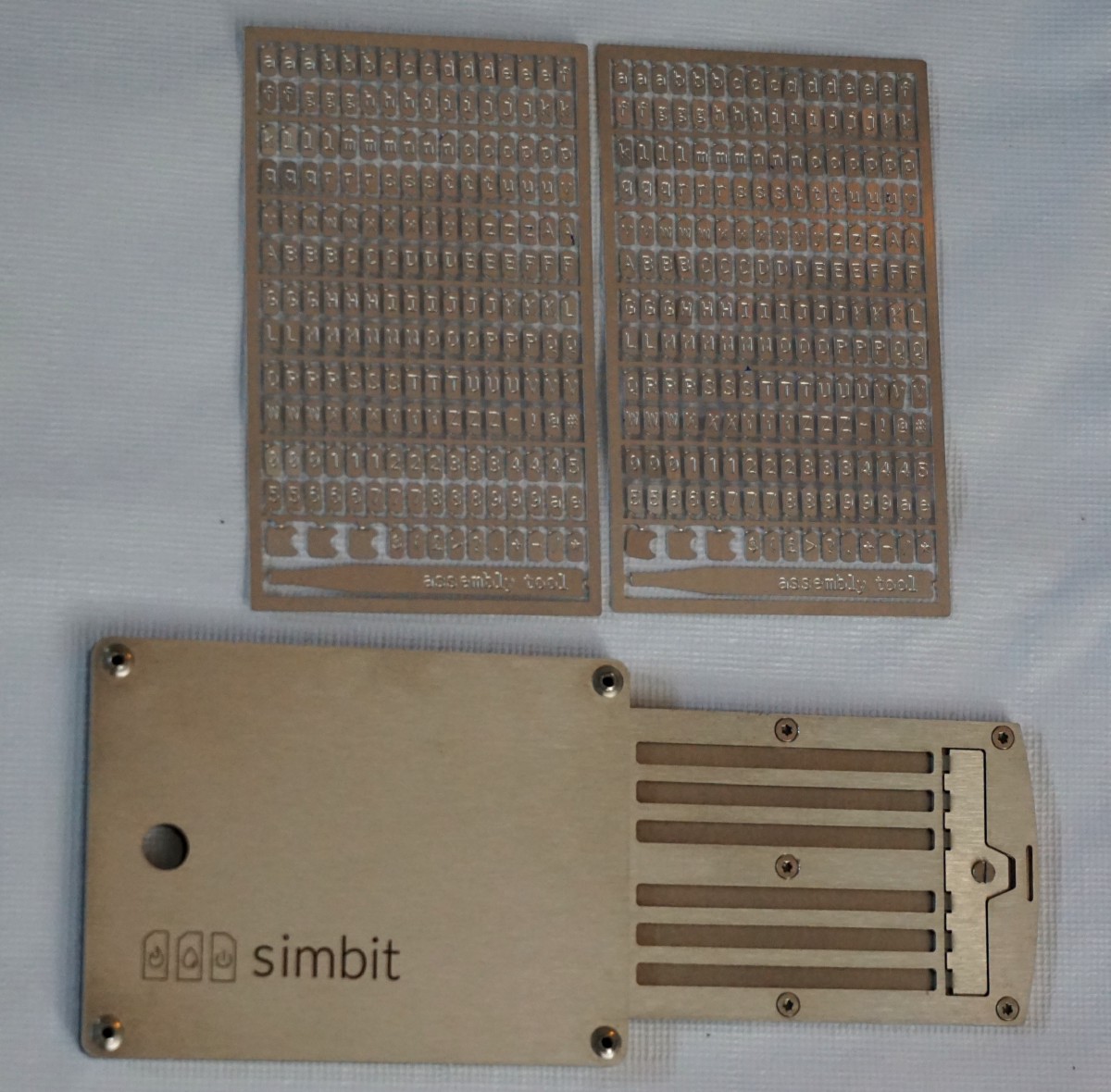
Steeldisk: This is yet another tile-based design that is not based upon CryptoSteel. Claims to be 304 stainless steel that is fireproof to 2100°F / 1200°C.
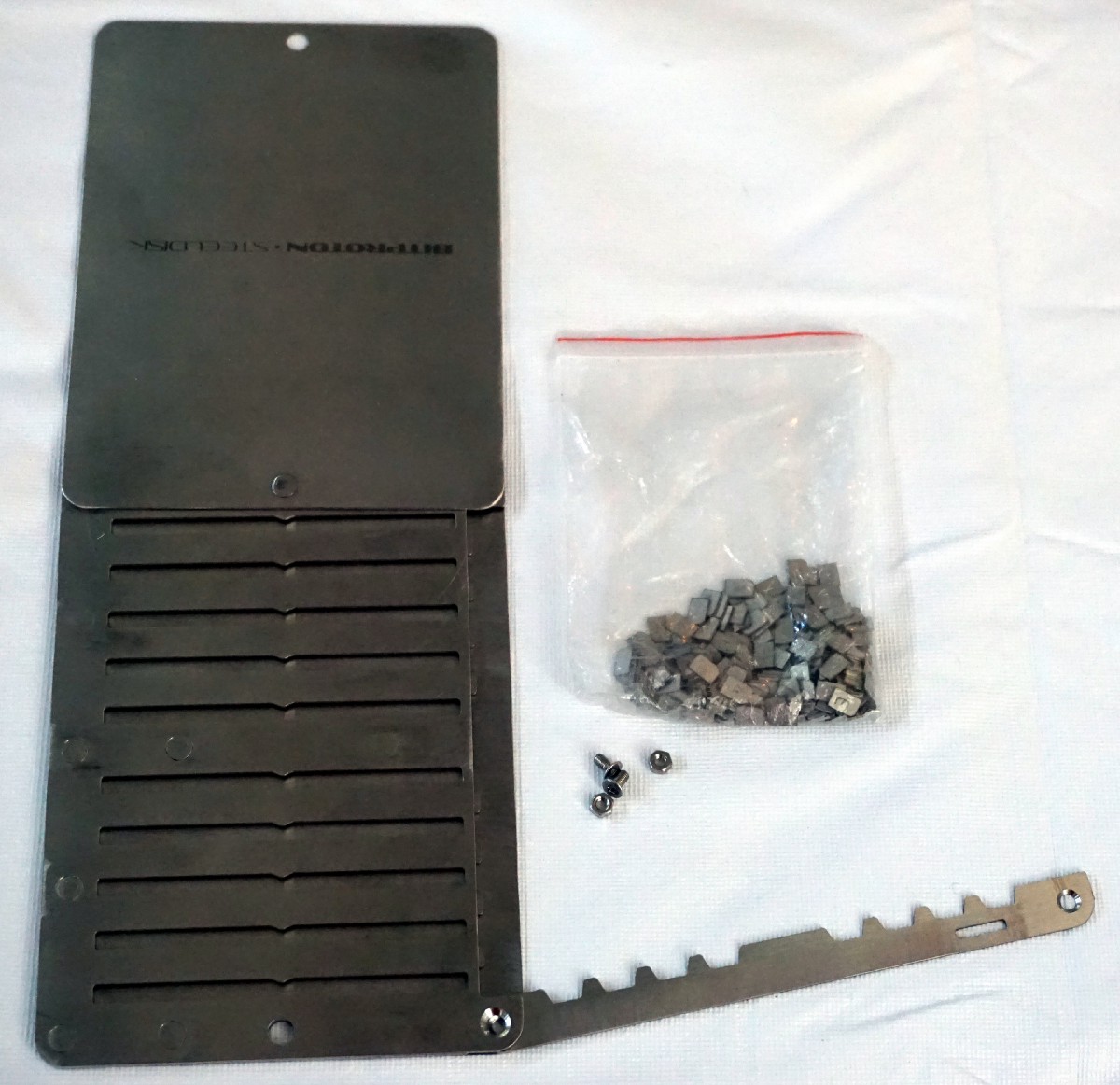
Steelwallet: This is the same center punch style as Blockplate but slightly smaller and a fraction of a millimeter thicker. Appears to be by the Shift Crypto team, creators of the BitBox hardware wallet. Claims to protect “against fire, water, electrical-shocks, corrosion and pretty much any obstacles nature throws at it.”
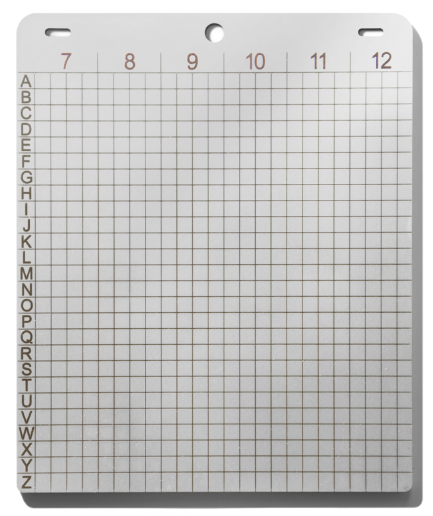
Not Tested
Bitcoin Firesafe: I filled out the contact form (again) to inquire about purchasing one but never heard back. I assume they are out of business.
BitHD Frozen Armor: Not shipping yet.
CryptoHex: Ordered, but they never charged my card. I had reached out to them for the first round of tests and they said they’d send me a sample, but I never received that one either. May be out of business.
Cryo Card: seems to be permanently out of stock. Sent email asking about production. Never heard back. Probably out of business.
Hodlinox: didn’t learn about it until it was too late to test before the deadline.
Ledger Eternity: not released yet; few details are known other than this patent filing. Asked a Ledger representative about it at a conference booth and they wouldn’t disclose any information.
Setup / Assembly
Blockplate 2.0: This was the first time I’ve used a center punch style metal storage device and I have to say it was the fastest and simplest. Hammering a center punch is much simpler than trying to hammer a metal letter stamp. It’s also less jarring than trying to use a dremel to etch letters.
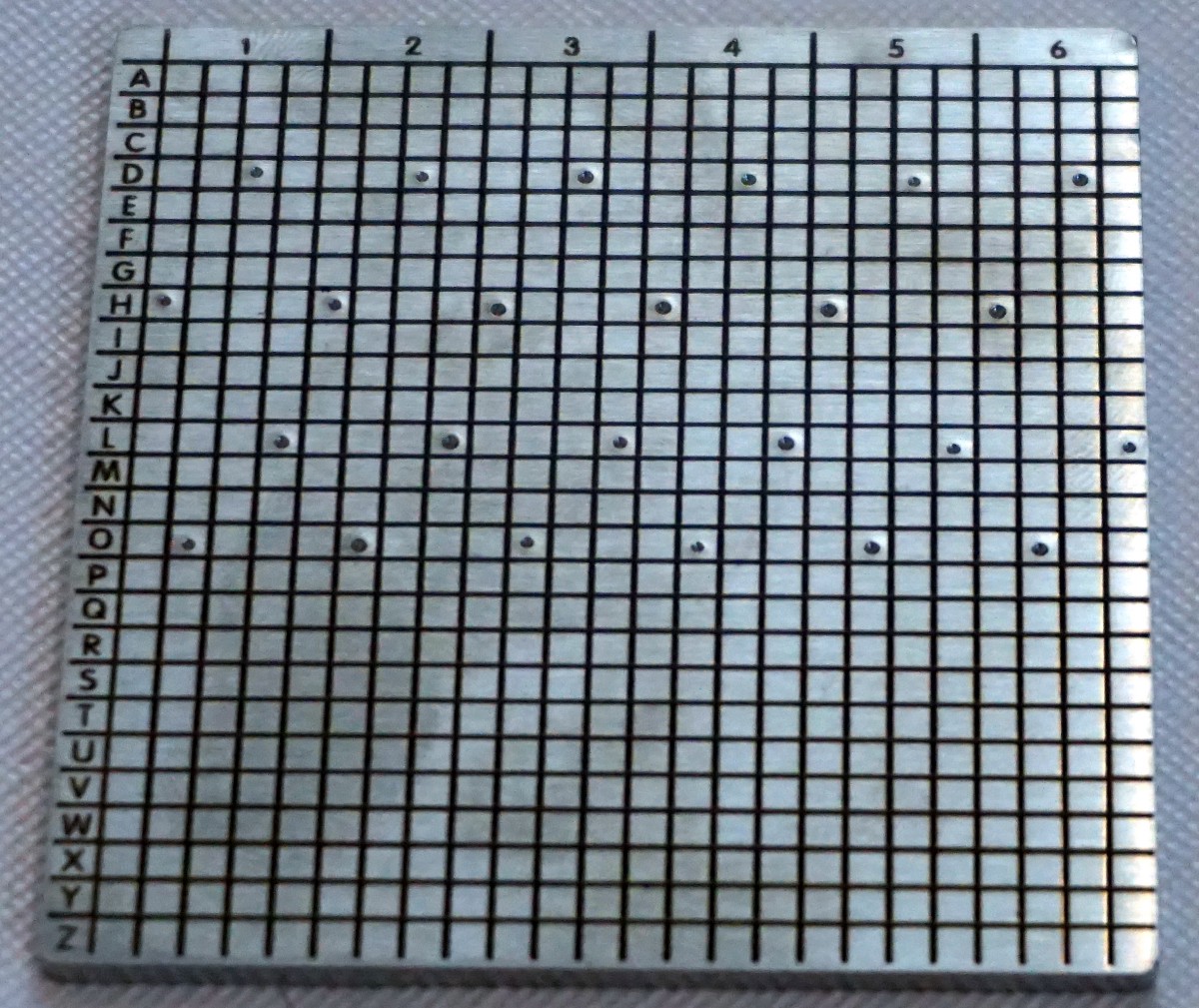
Blockstream Metal: Pretty straightforward — most of the time was spent finding the letters I wanted and in some cases I had to use a small screwdriver to keep all of the letters oriented straight in the row as I was sliding it along.
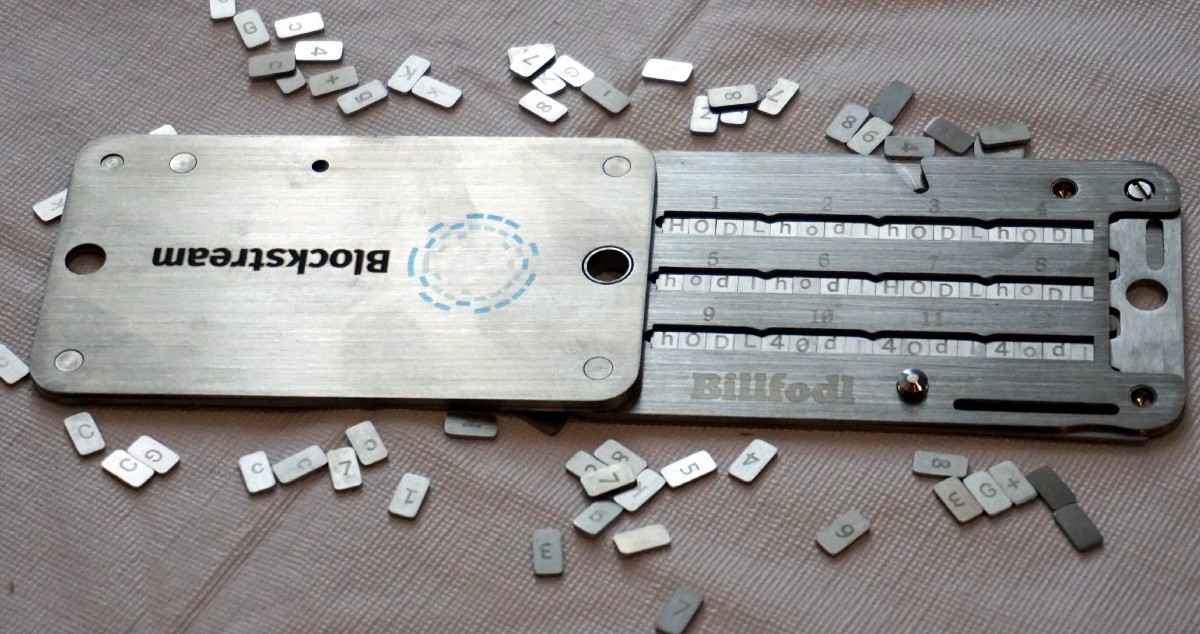
Coldbit Passphrase: This was by far the most challenging device to etch and stamp because of its hexagonal shape. One thing I noted about the similar CryptoHex was that they were shipping with 3D printed templates to aid in stamping, which I think would be an awesome addition given the experience I had with the CryptoTag’s stamping bit template. Looks like I forgot to take a photo before the fire test, so here’s the CryptoHex video to show the stamping template.
Coldbit Steel: It was nice that this came with a stamping plate, though I felt like the stamping plate I bought last year for $5 on Amazon was far superior.
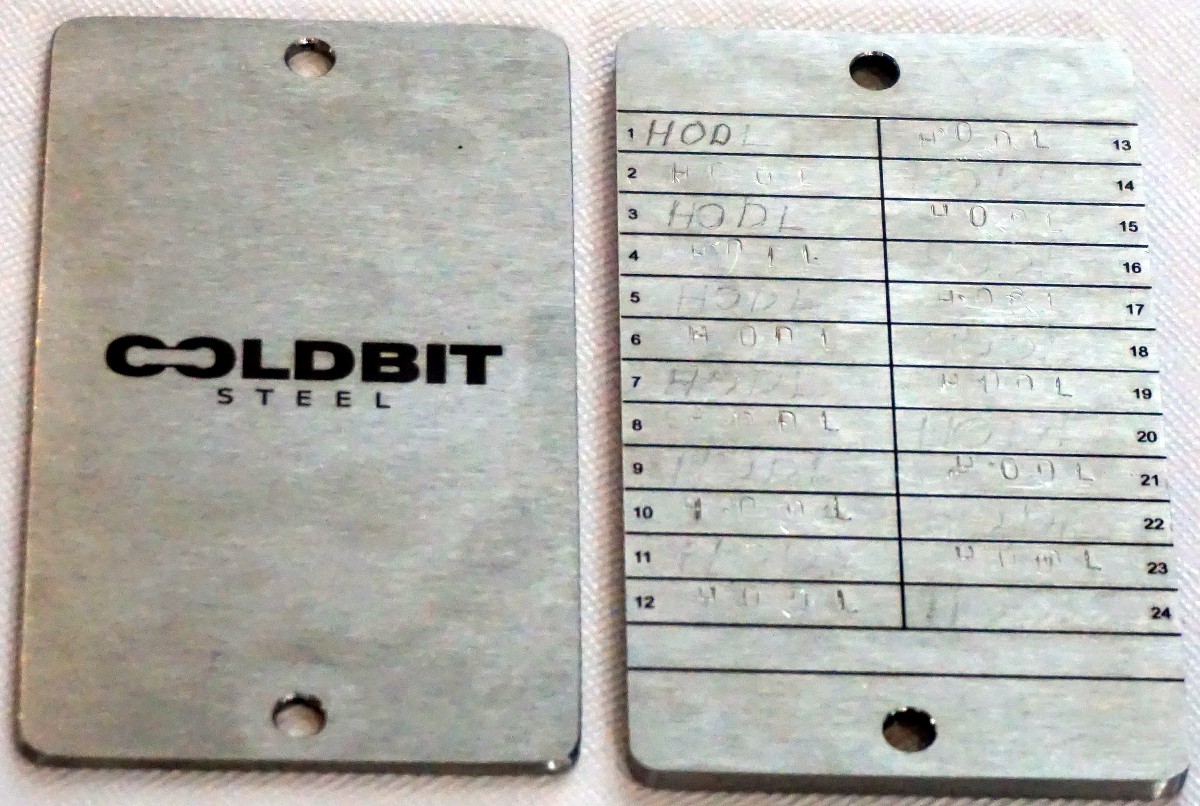
Cold Storage Coins: No assembly required.
CryptoTag: This kit screams premium tier. I was impressed by the heft the moment I picked up the box and my opinion kept increasing as I worked my way through its contents. Make no mistake — it comes at a premium price of nearly $200 USD, but you get what you pay for. The hammer has an extra large head to make it harder for you to miss the stamping bit. It’s not only a full stamping kit, but the stamping plate is extremely well designed with a rubber bottom to absorb the jarring shock of hammering the plate, and most importantly it comes with a stamping bit holder that makes it very user friendly to set your letters without having to worry about double stamping them or smashing your fingers. It even comes with ear plugs, which is a nice touch.
One minor gripe I have is also present in every other stamping kit I’ve seen — they don’t show you the letter on the opposite side of the stamping bit, which would make it harder to screw up the orientation when stamping. Another small issue I encountered was that when I hammered with a lot of force it resulted in the CryptoTag getting stuck inside the stamping plate. I was unable to dislodge it by prying or with magnets; ultimately I had to turn the stamping plate upside down and slam it against concrete several times to get the CryptoTag out. One design improvement I’d suggest would be for a hole or slot to be drilled all the way through the bottom so that a user could use one of the stamping bits to pop the CryptoTag out of the stamping plate if it gets stuck.
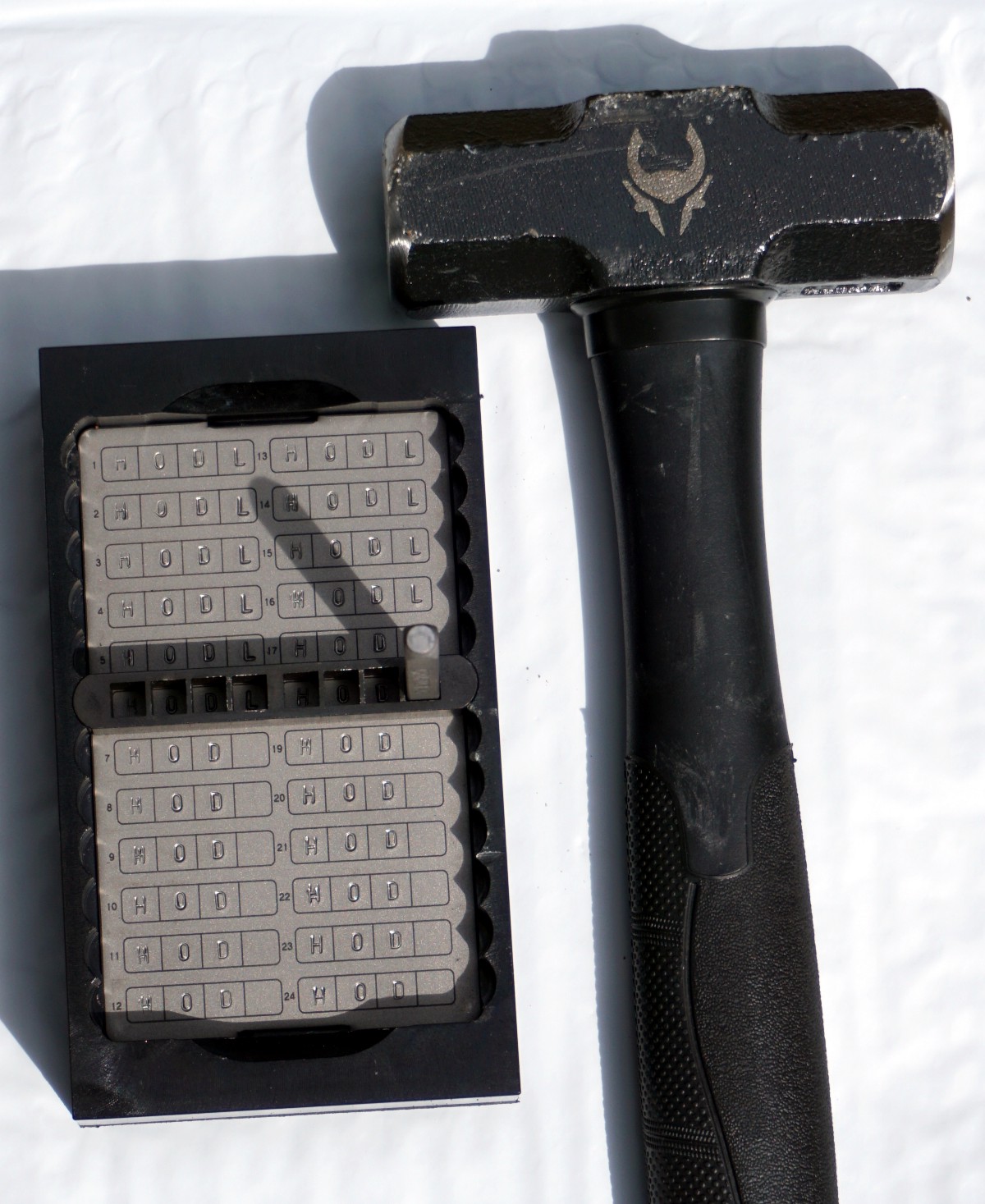
CryptoVault: This was easy enough to etch but it clearly not designed for stamping, perhaps because the metal is too hard — every other time I’d strike a stamping bit against the plate, the bit would fly out of my hand and across the room.
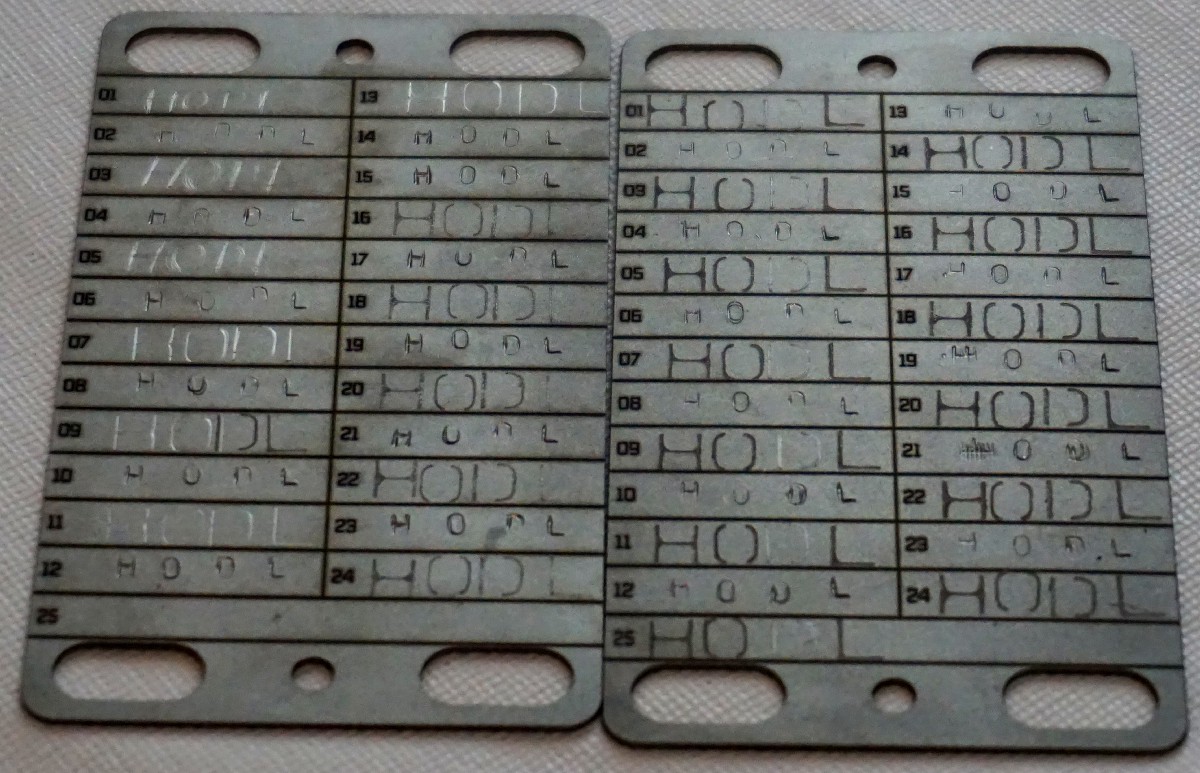
The HODL wallet: The slightly annoying thing is that the tiles come in cardboard compartments, but the plastic wrap around the cardboard isn’t tight enough to keep the tiles in their original compartments. As such, it’s no better organized than a bag of loose tiles.
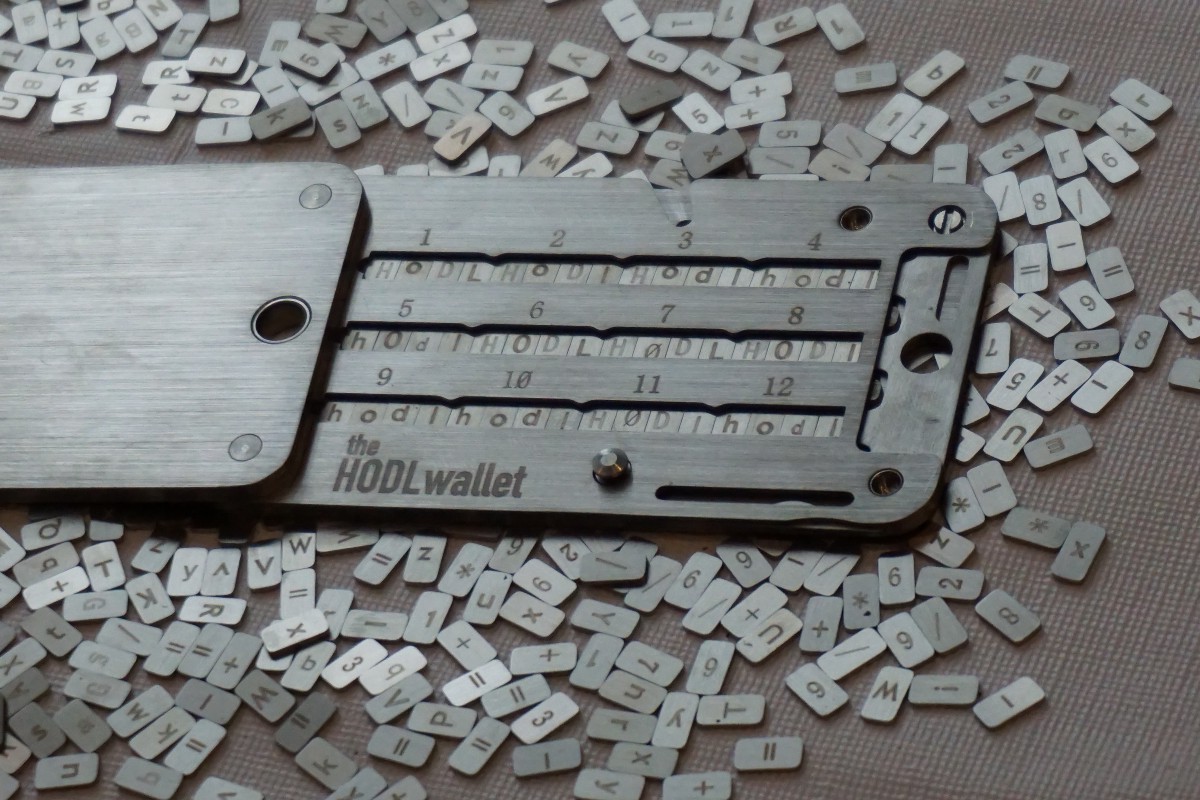
Keyois Capsule: No setup required.
SeedSteel: Not much to say here — it’s two sheets of metal sandwiched between two thicker sheets of metal. No problems with etching or stamping.
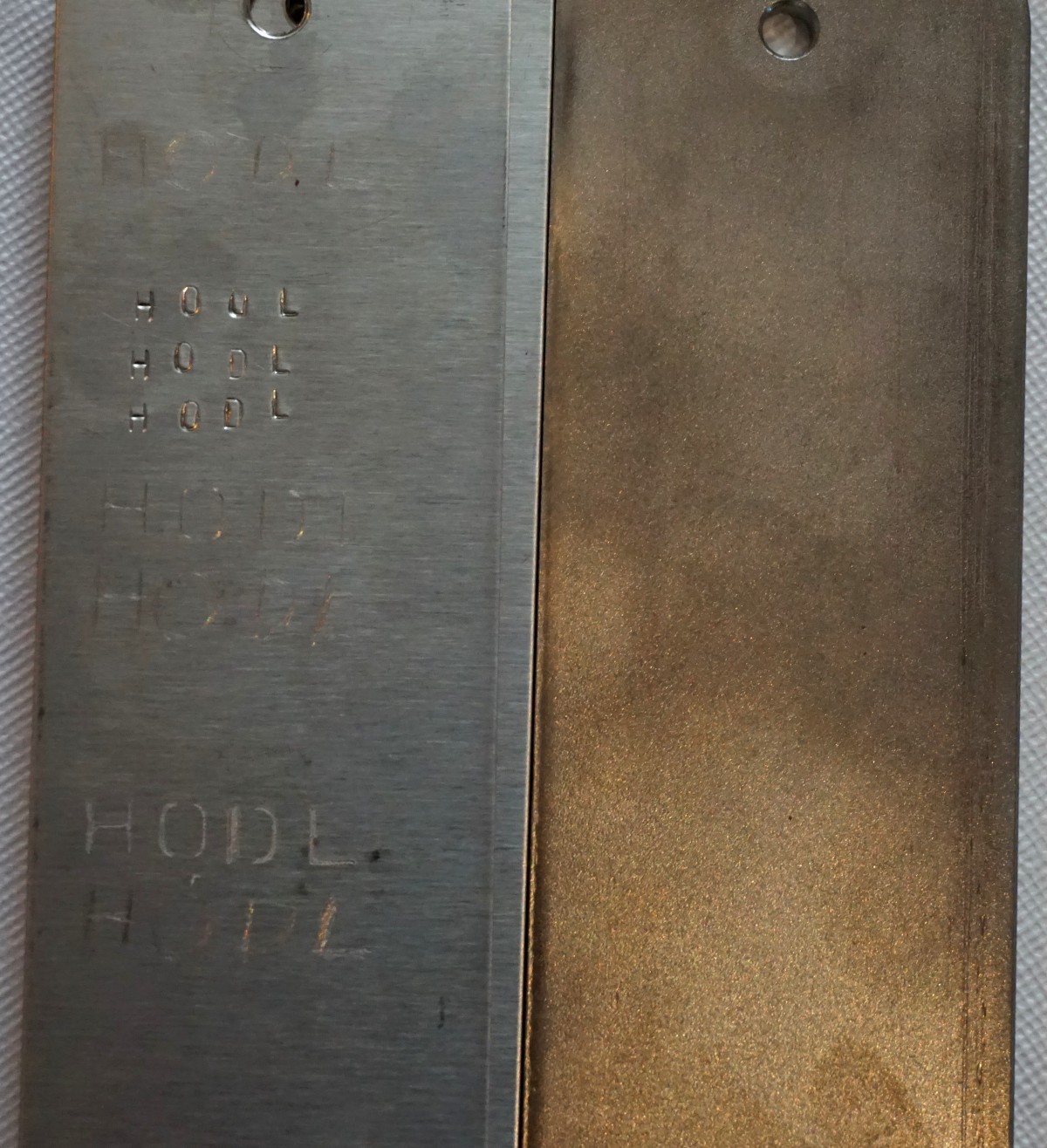
Simbit: The tiles were nicely organized on a single metal sheet that you pried them off off, but they are so tiny it’s really annoying to actually work with them. Simbit provides an “assembly tool” which is a small sliver of metal that you’re supposed to attach putty on the end to get the tiles to stick onto, but I found this so annoying to deal with that I just resorted to my fingers and a tiny screwdriver to guide the tiles along the rails.
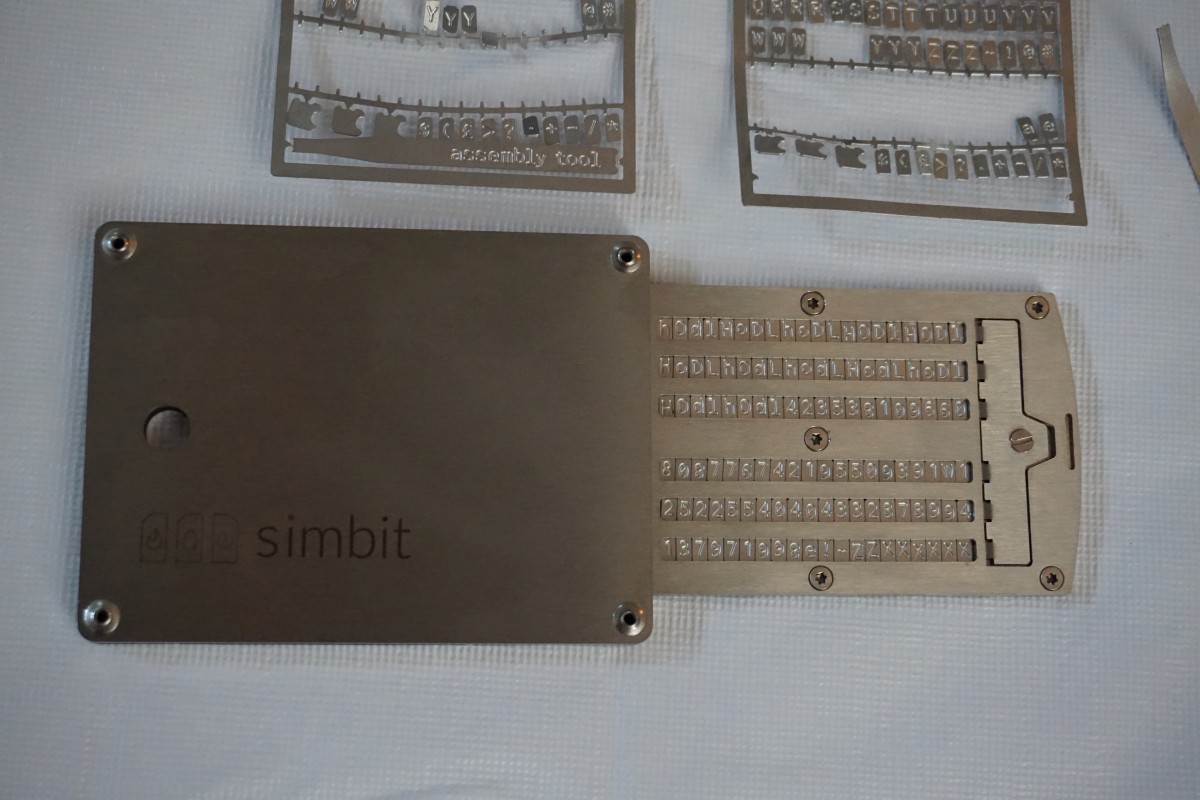
Steeldisk: It was slightly annoying that all of the tiles were just thrown together in a bag as opposed to the other tile-based devices that separated them by character. Other than that, it was painless to open the device, slide in the tiles, and lock it again. I would note that after filling the device with 170 tiles there were only half a dozen tiles left, so you probably should order extra tiles if you need more than 100 characters.
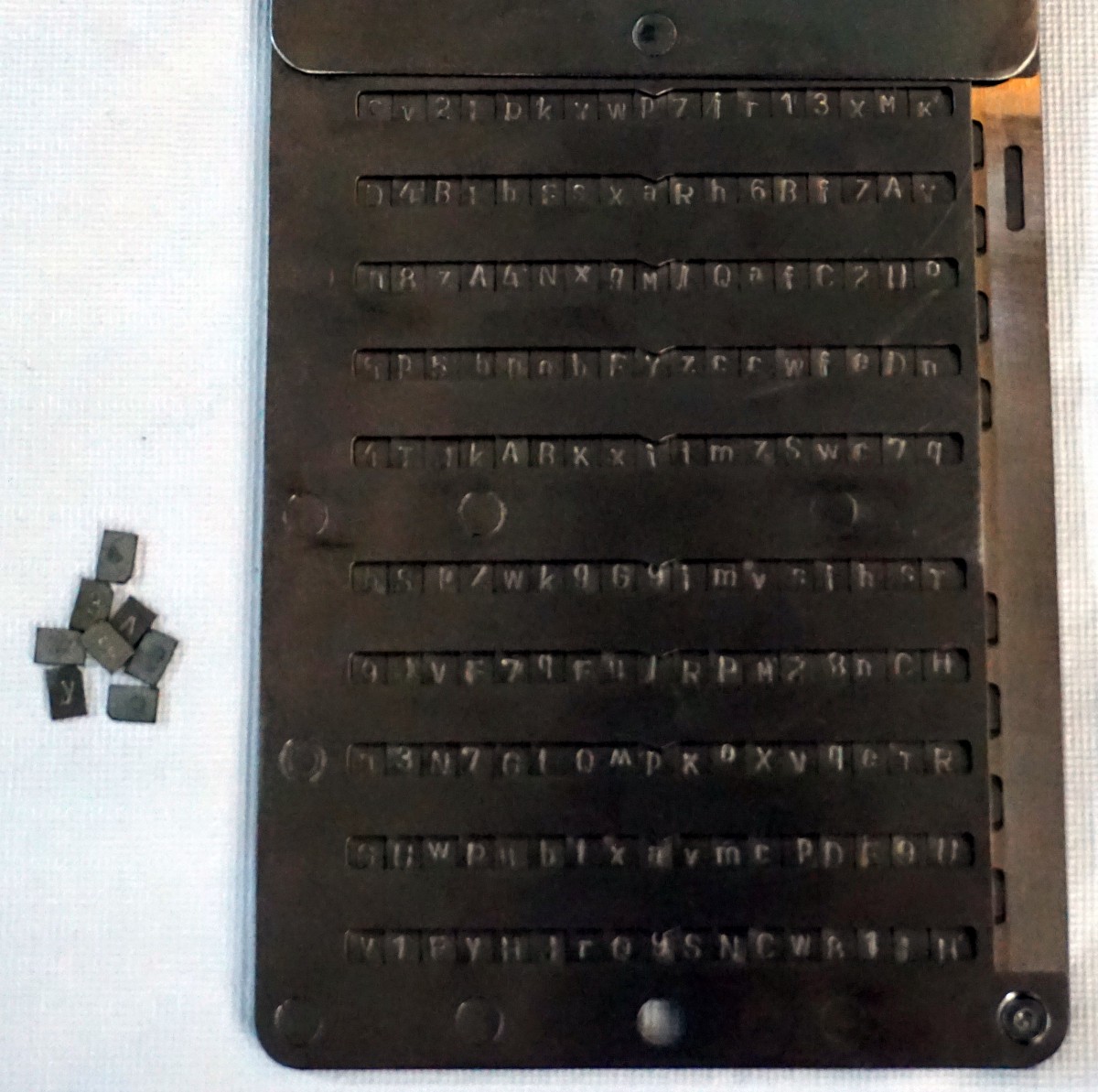
Steelwallet: The exact same process as the Blockplate, this went quick smoothly and quickly. Didn’t have a single issue with the center punch.
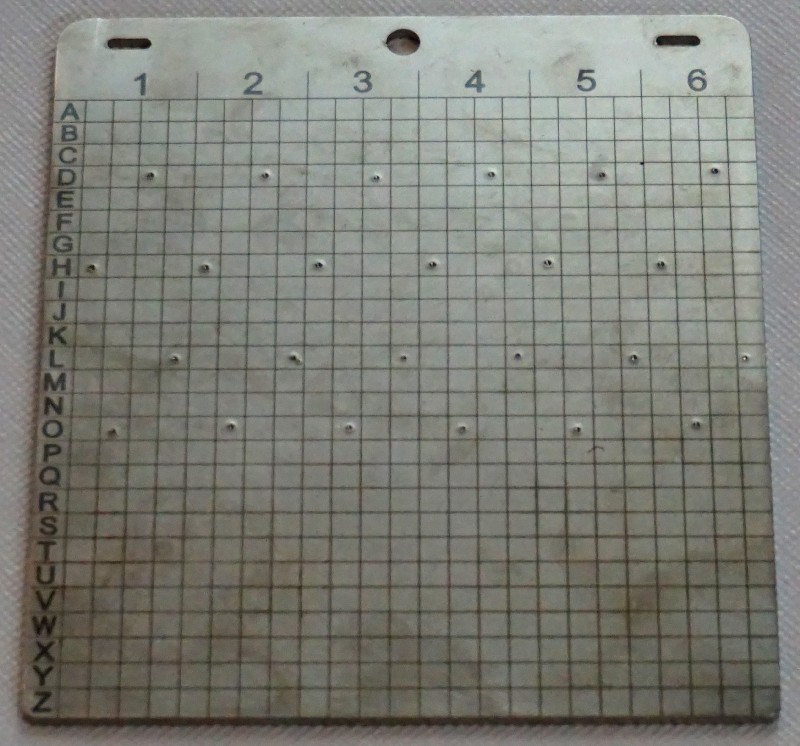
In terms of user friendliness I’d rate the various methods as follows:
- Center punch
- Letter stamp with bit holder template
- Etching with letter template
- Etching freehand
- Letter stamp without bit holder template
My biggest issue with the Dremel etcher, and perhaps this was user error, was that the carbide tip kept falling out despite my efforts to secure it with the screw on the dremel.
Manufacturer Stress Tests
One nice thing is that it appears more metal storage creators are performing and publishing their own tests.
Cold Storage Coins testing.
@lopp Will your stress test include bullet stopping power?
— CRYPTOTAG (@CRYPTO_TAG) May 15, 2019
We tested it anyway 😂#Body&CryptoArmor pic.twitter.com/eGJcAb7U18
Stress Test: Heat
One of the most common form of loss in terms of natural disasters is in the form of house fires. There are over 300,000 house fires in the United States every year and house fire temperatures peak at around 1300°F / 704°C.
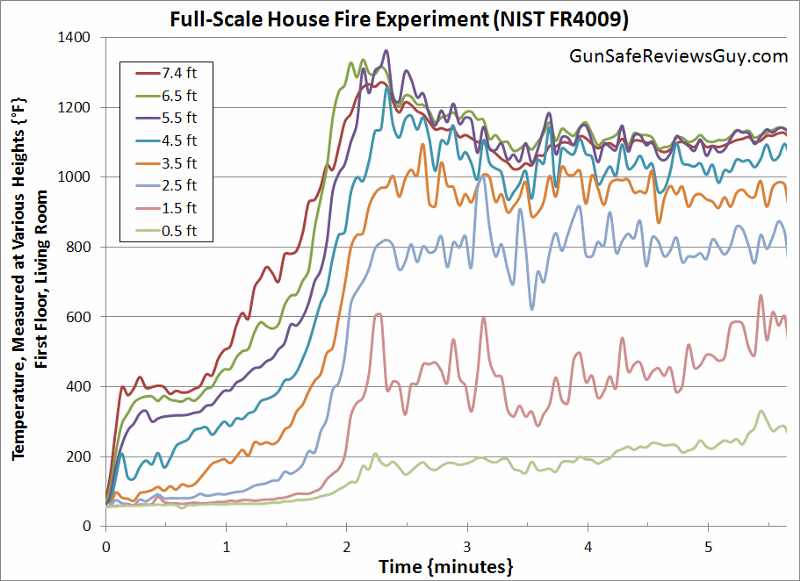
As mentioned earlier, I switched from a small butane to a large propane torch for these tests. I also purchased a decent scientific thermometer with a high end sensor capable of reading temperatures up to 2500°F / 1371°C. The highest reading I was able to get from the end of the torch was nearly 2000°F / 1093°C which is well above house fire temperatures.

Here are the results:
Blockplate 2.0: Performed admirably — dots were easy to read, no data loss.
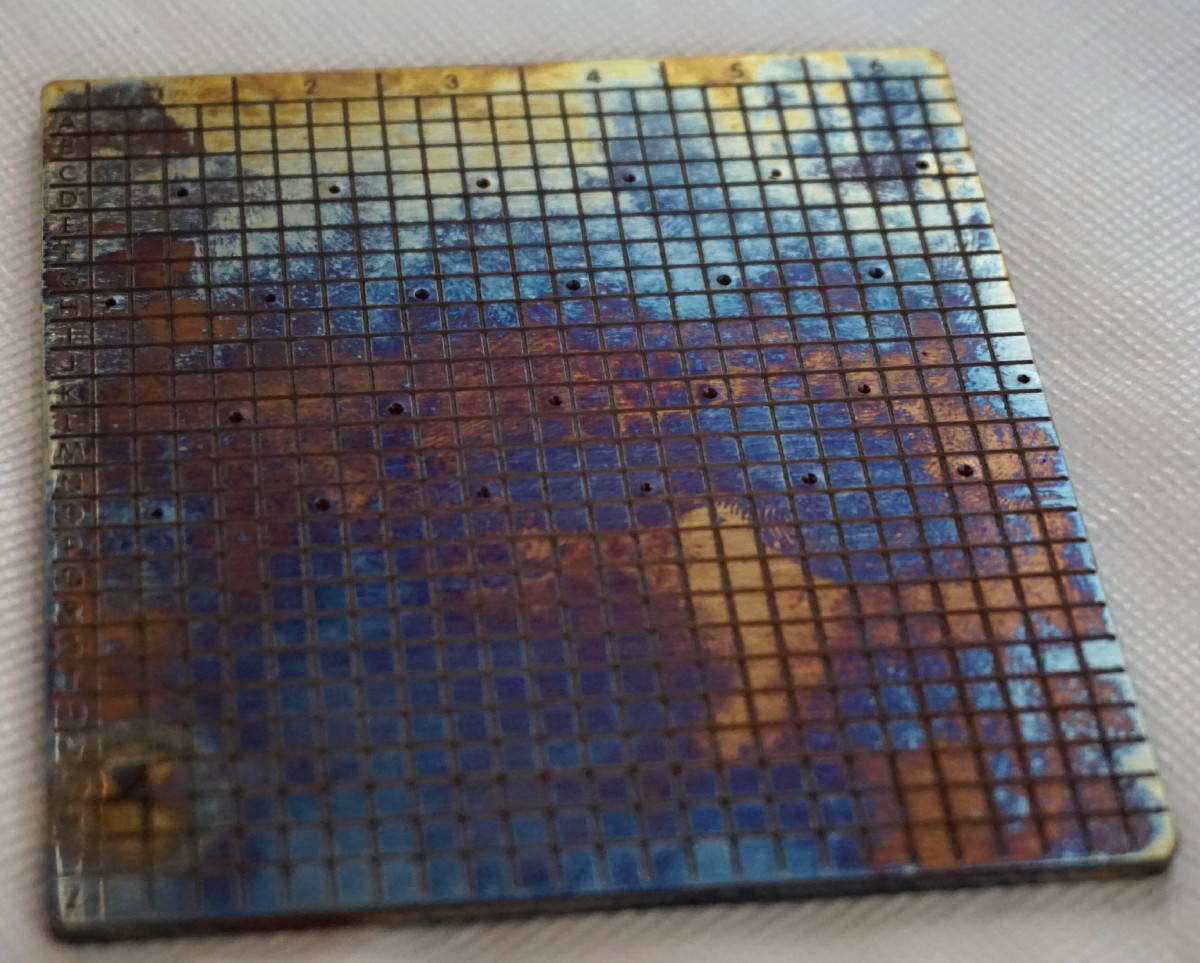
Blockstream Metal: No data loss; all tiles remained in place.
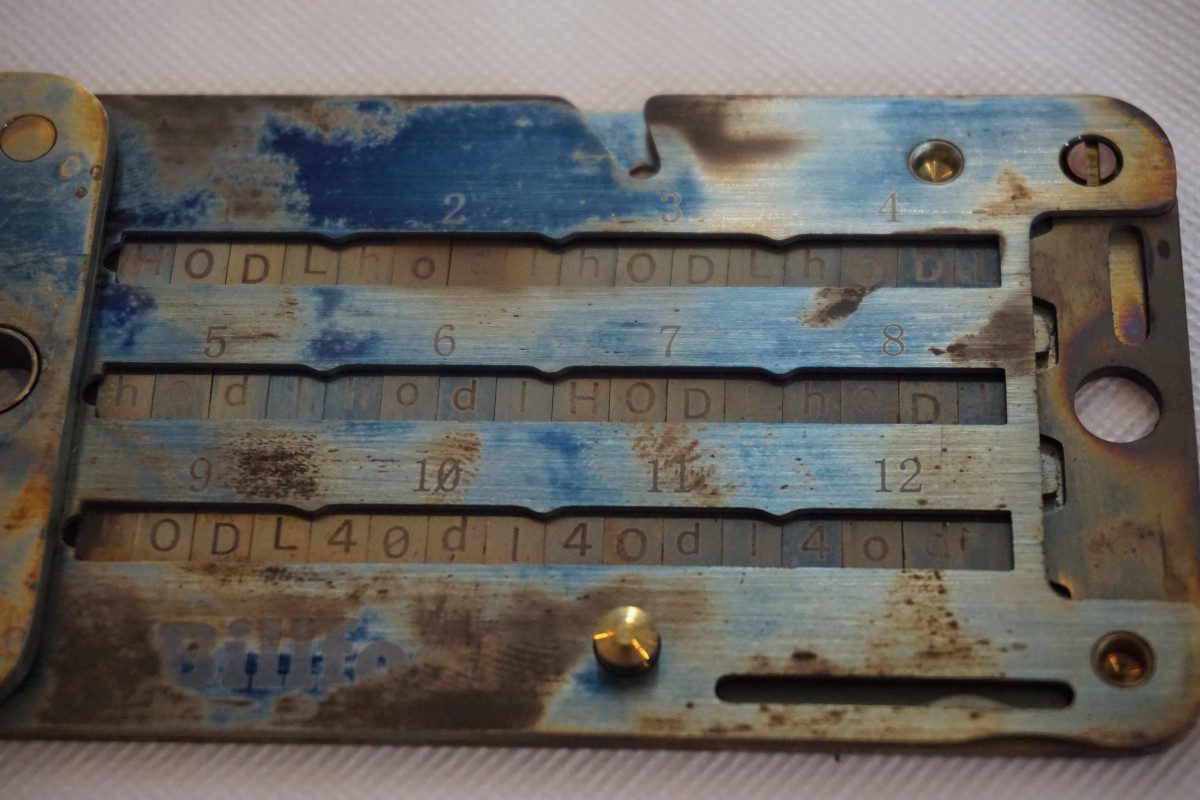
Coldbit Passphrase: Performed admirably; while the freehand etching was barely readable, the stamping was quite readable other than the fact that they were partial stamps. The template-based etching seems to be the best option for this shape of device.

Coldbit Steel: Discoloration but no data loss.
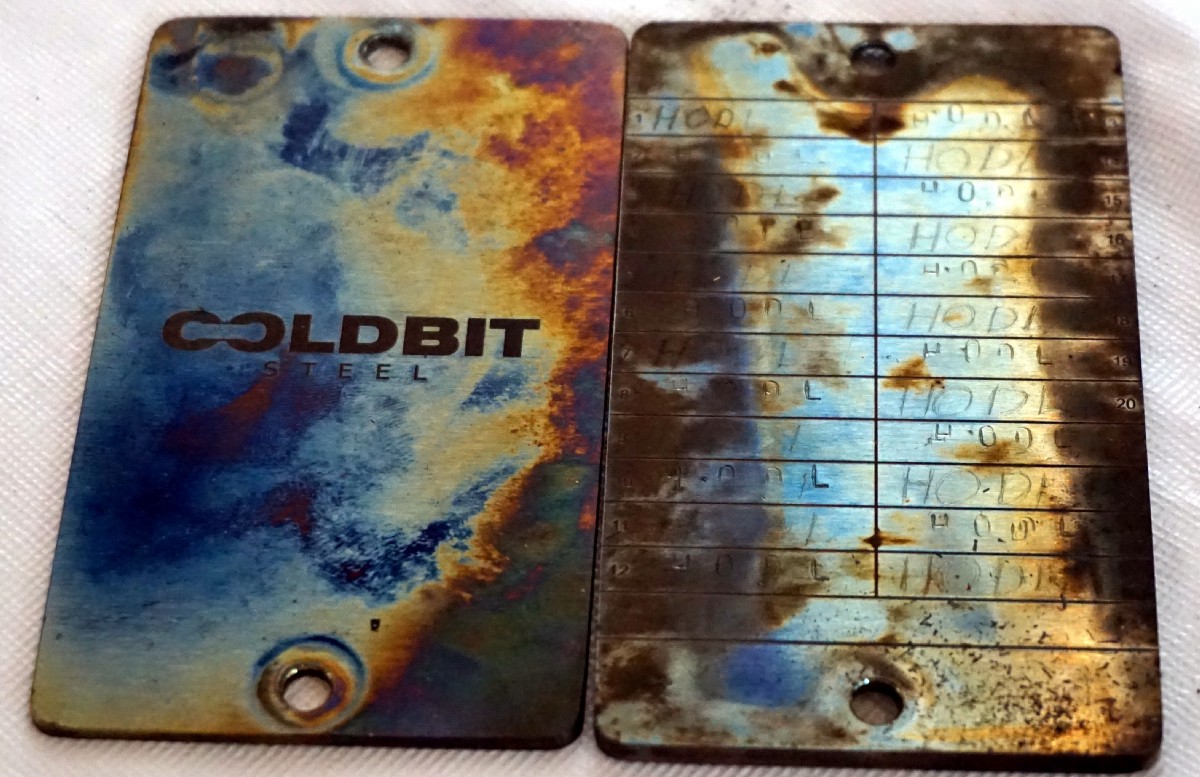
Cold Storage Coins: I observed a lot of burn-off and spent several minutes trying to clean the surface of the coin, but I was unable to scan the QR code with my phone. Perhaps with enough effort the data could be reconstructed, but I’m considering this catastrophic data loss. It’s worth noting that the makers of Cold Storage Coins state “our coins can withstand temperatures between 1763°F to 1984°F.” My testing likely exceeded their claimed temperatures, which to be fair are greater than that of a house fire.
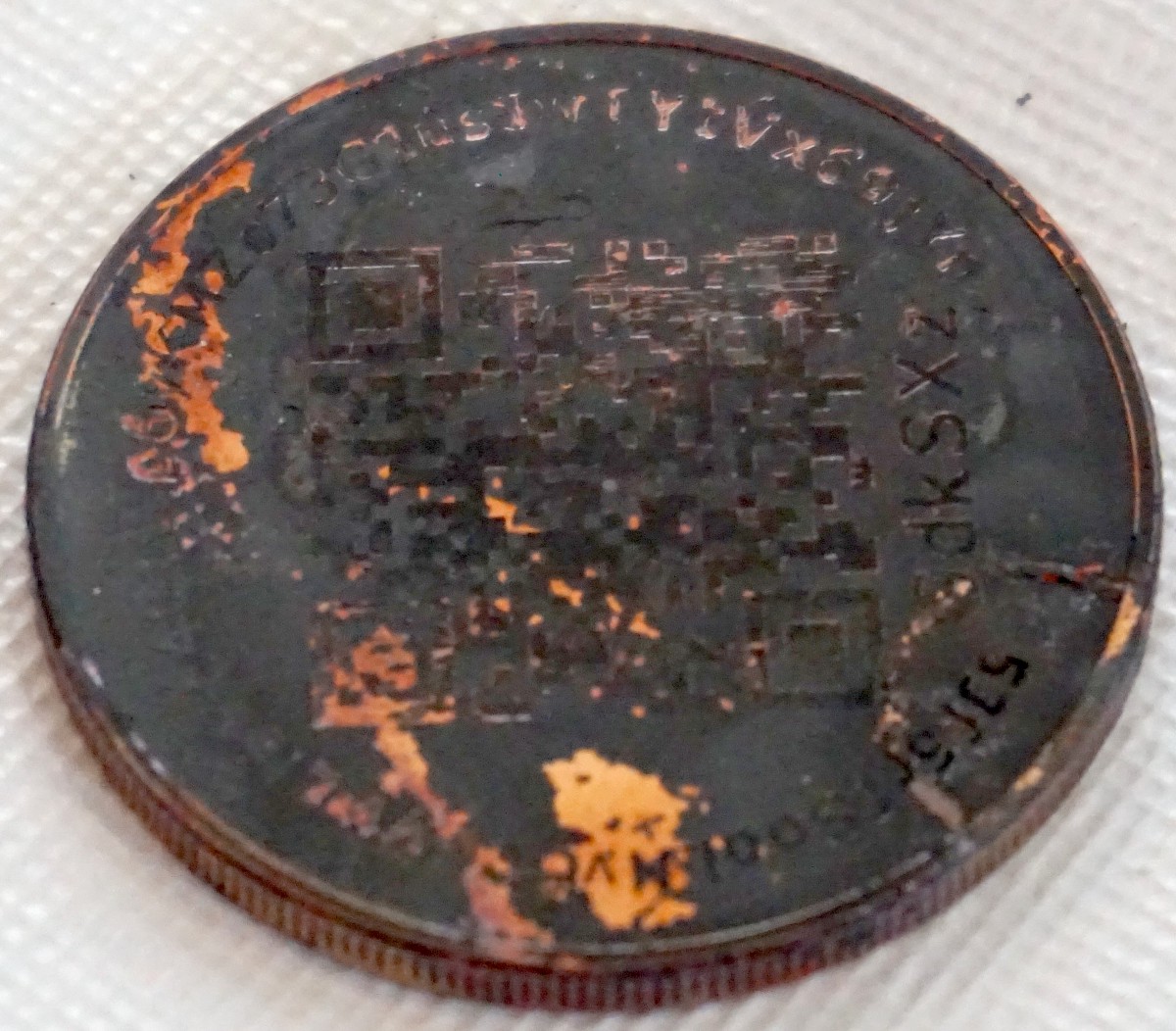
CryptoTag: Highly readable, no data loss. Not much discoloration.
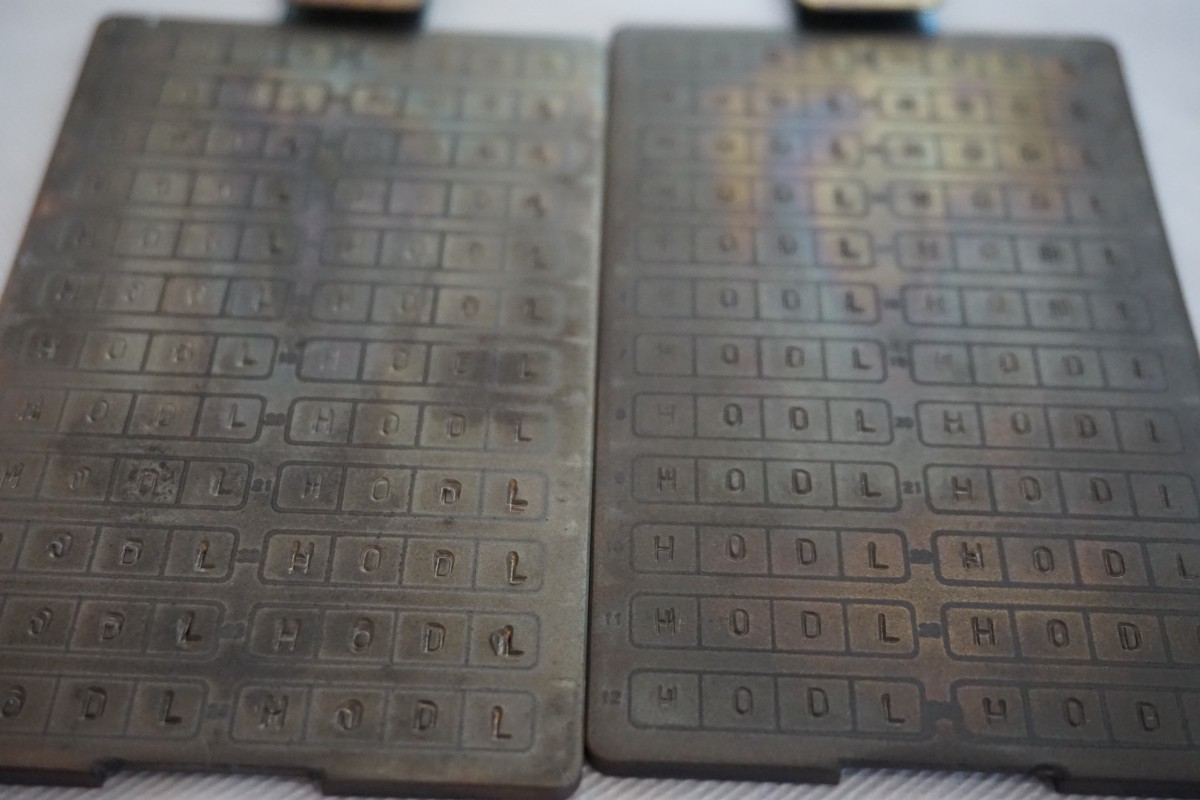
CryptoVault: No data loss, though the freehand etched words are hard to read.
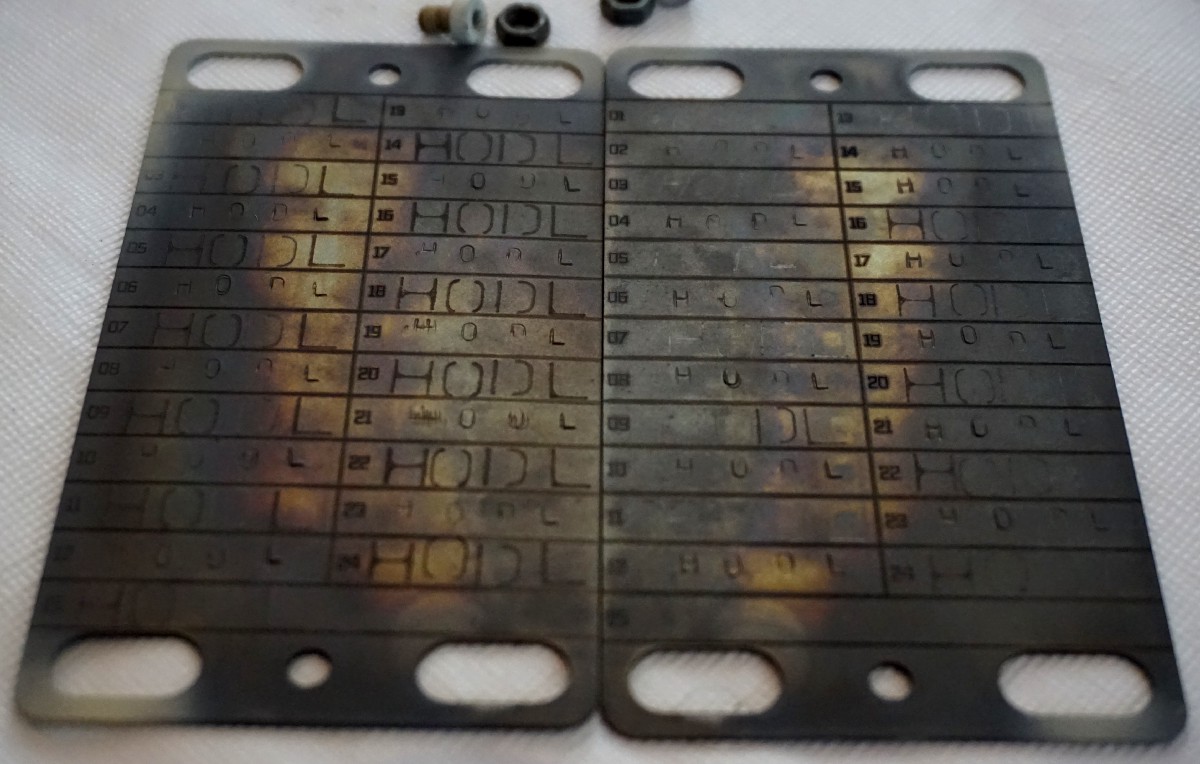
The HODL wallet: No data loss; tiles remained in place.
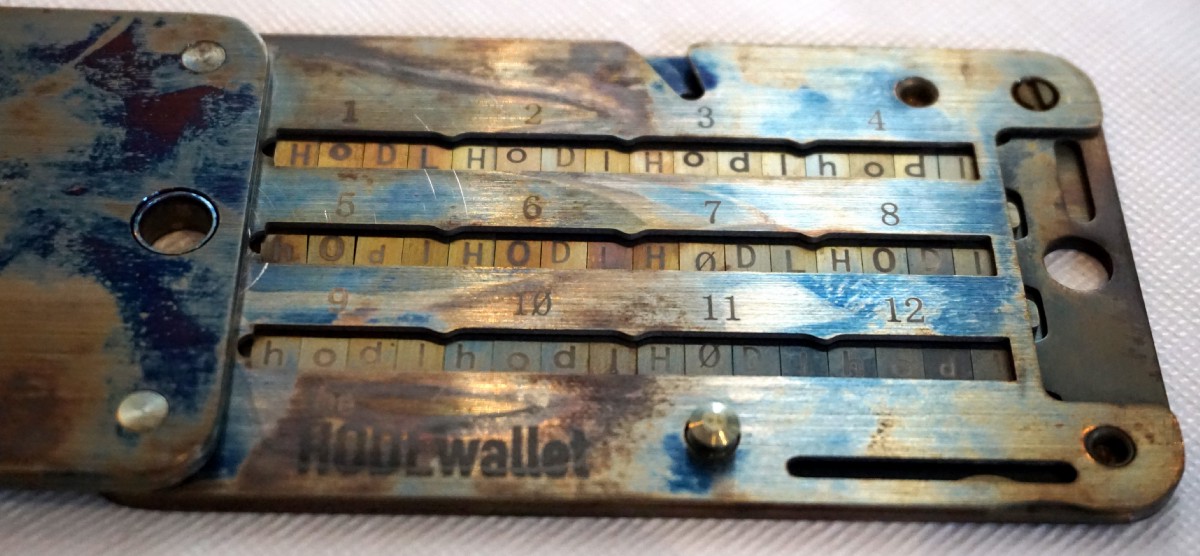
Keyois Capsule: Most of this device melted pretty quickly, but the important part — the two tungsten rings with the public address and private key — remained intact. It was hard to read them due to the darkness of the metal, but they were still readable.
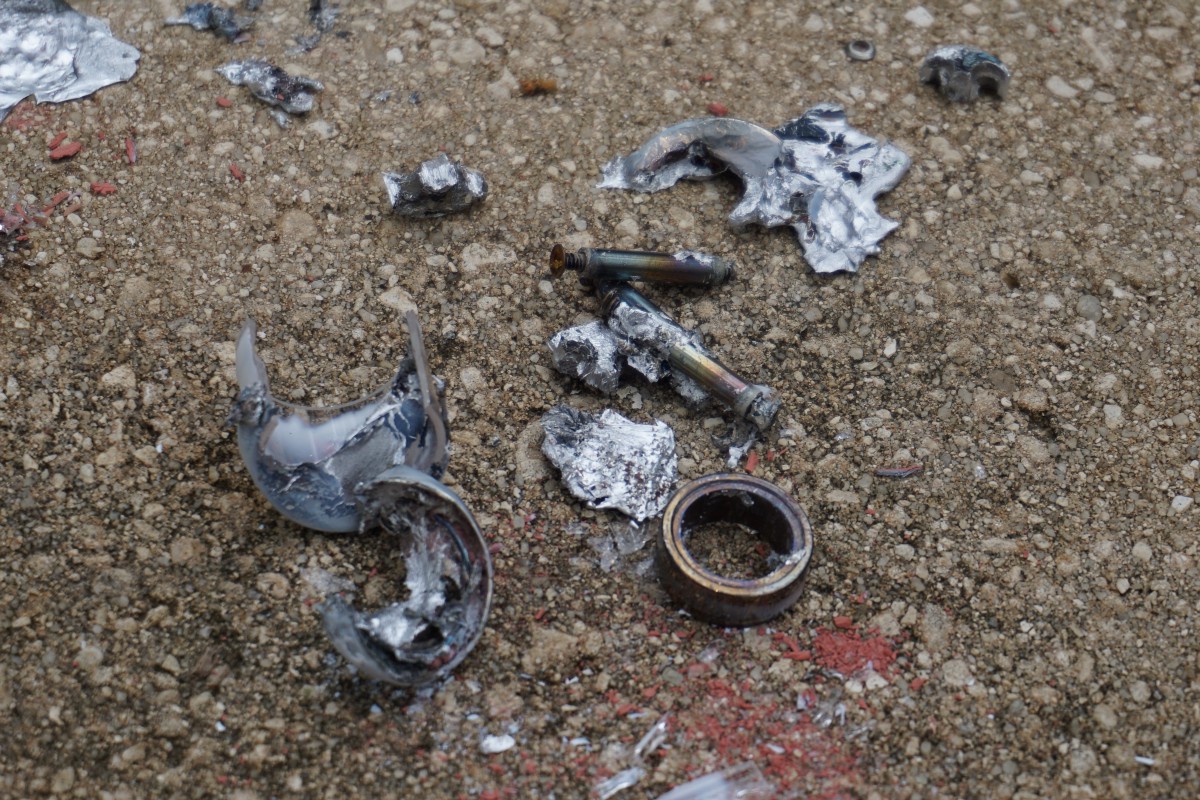
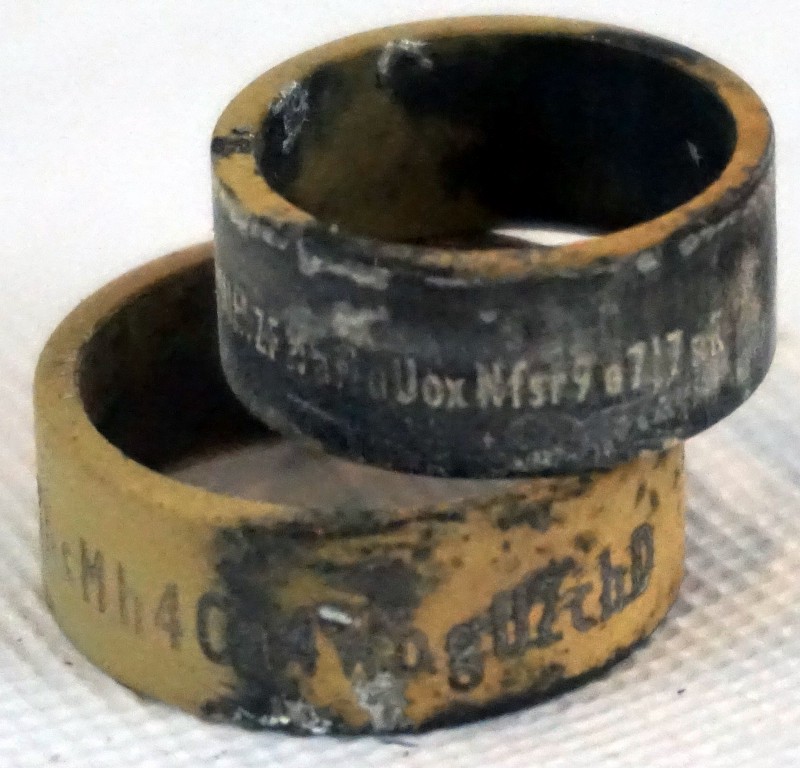
SeedSteel: Lots of discoloration on the interior metal sheets, but still quite readable.
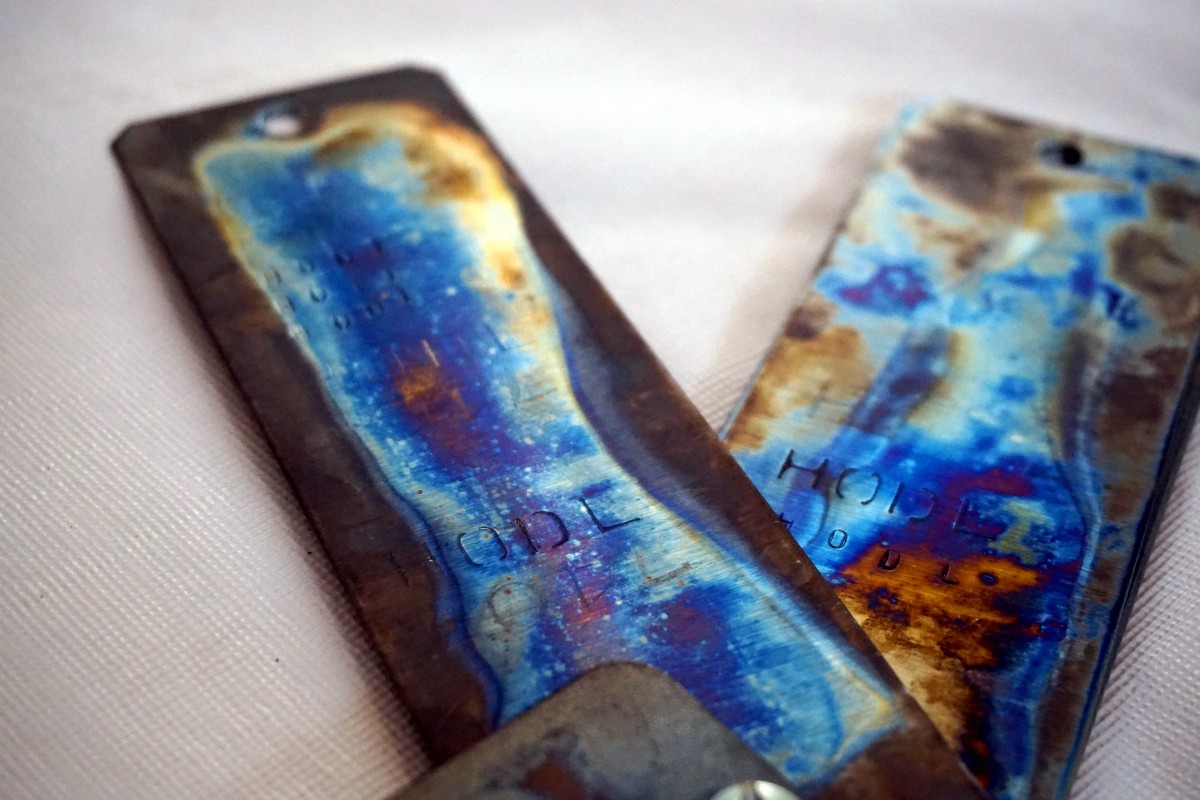
Simbit: No data loss.
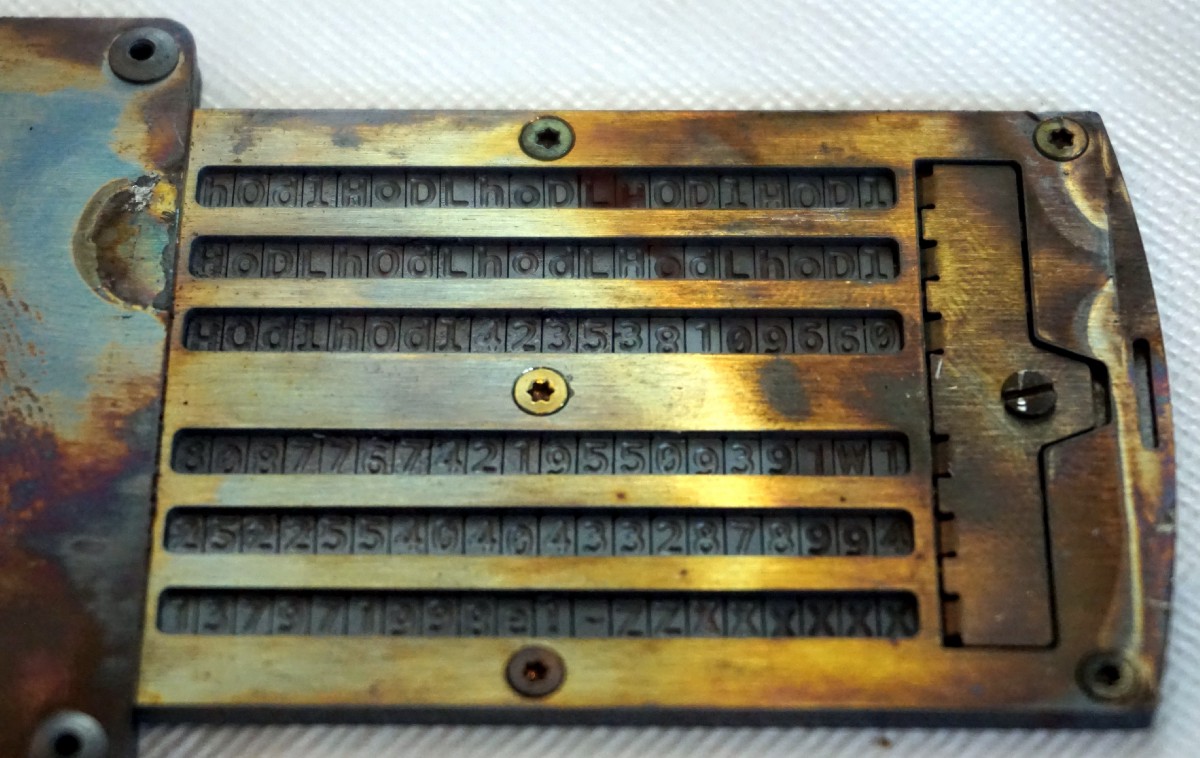
Steeldisk: When I opened it, the rails had warped enough that a lot of tiles had fallen out. I’m also considering this as catastrophic data loss. However, similar to the Cold Storage Coins, Steeldisk only claims the device can withstand temperatures of up to 2100°F. While my thermometer was reading closer to 2000°F, it’s possible that the torch exceeded 2100°F.
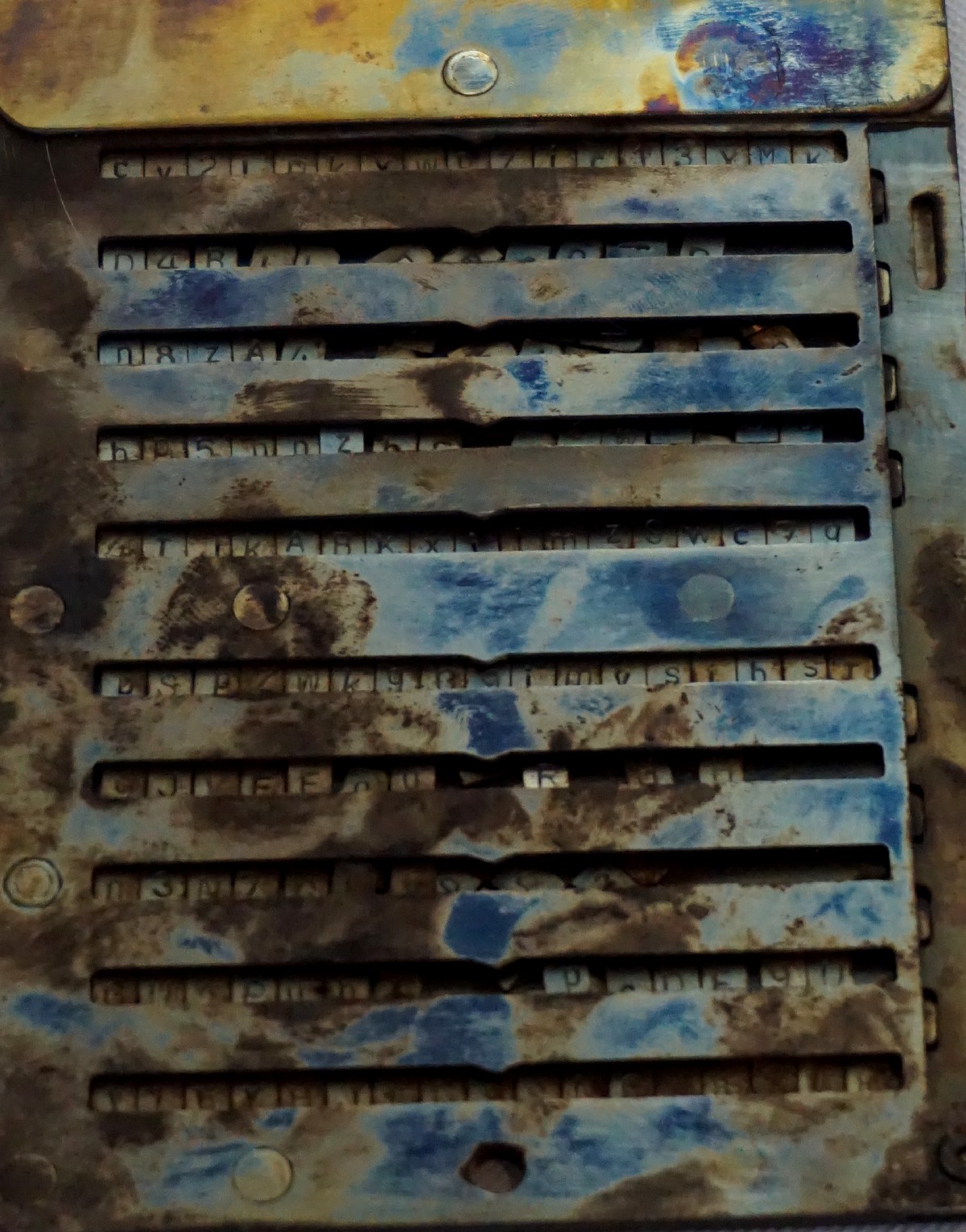
Steelwallet: Same as blockplate — highly readable.
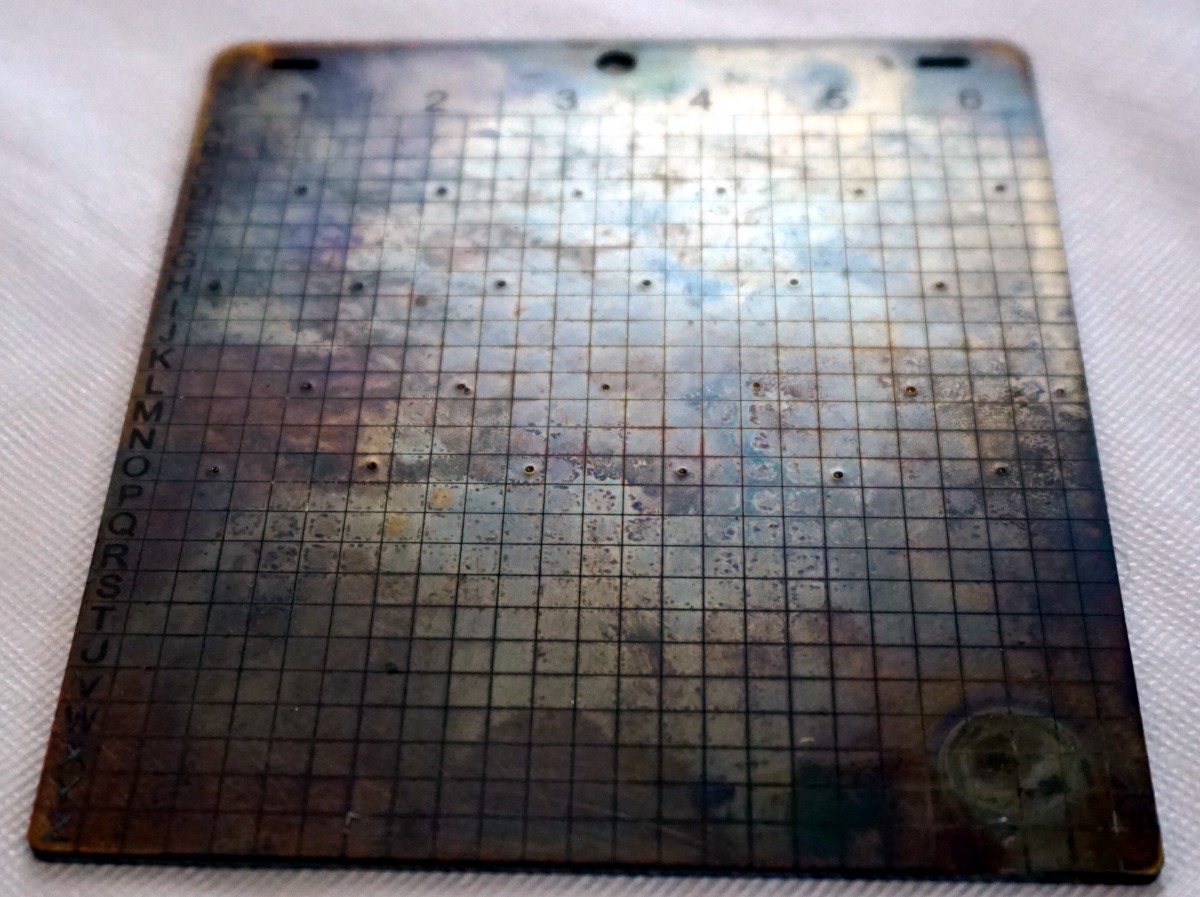
Stress Test: Corrosion
For this test the devices were dumped into a bucket of muriatic acid and left for 12 hours until the bubbles ceased. Are strong acids a threat vector you should be worried about? Probably not, but these tests are extreme in order to see which devices stand out from the pack!
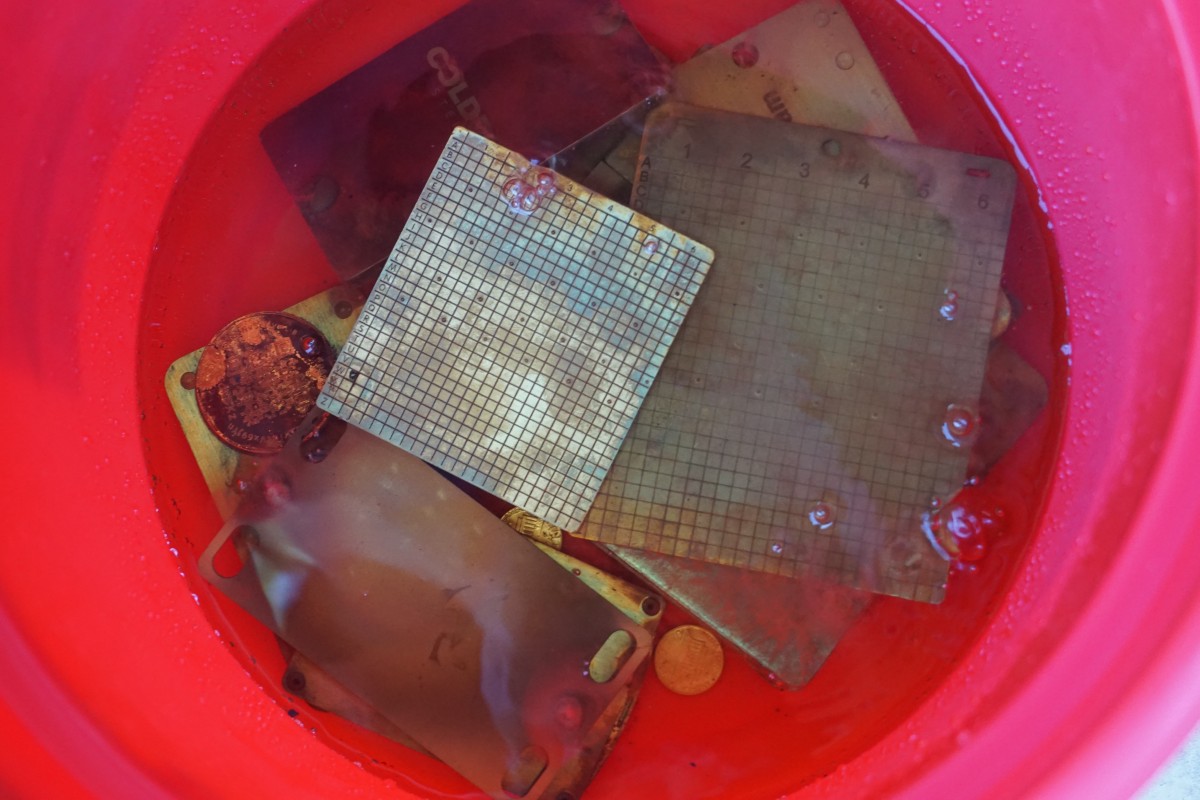
Blockplate 2.0: No data loss.
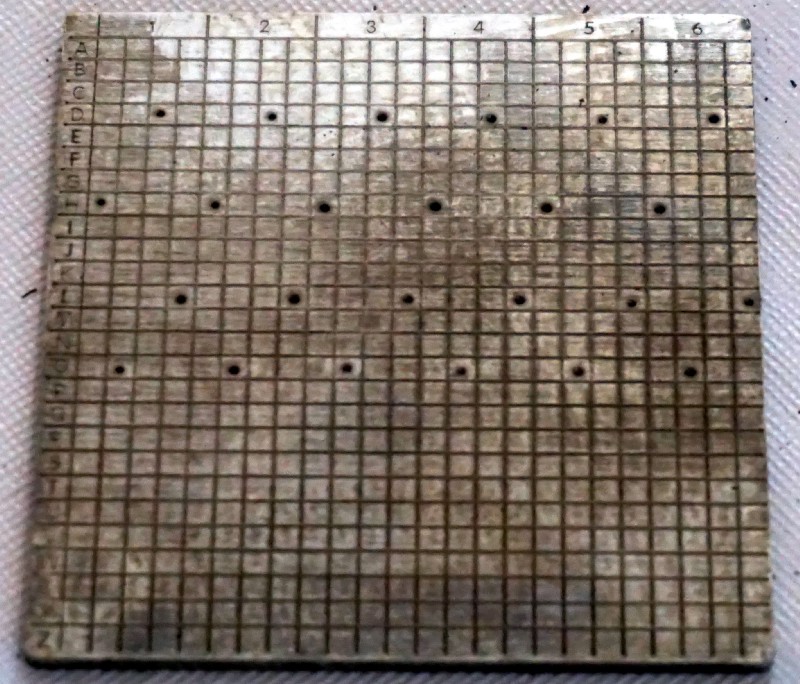
Blockstream Metal: All of the rivets dissolved and thus the stacks of rails separated, resulting in all of the tiles falling out, causing catastrophic data loss. I spoke with Billfodl about this and they were surprised because the manufacturer has told them that the rivets are made from the same steel as the rest of the device. Hopefully they can determine what’s going on here; something about the rivets is clearly different from the rails and tiles.

Coldbit Passphrase: Freehand etching was wiped clean. Template based etching was readable, as was stamping. Does this mean that if left in acid long enough, the other words would also be wiped clean? Perhaps, though it’s hard to say how long it would take.

Coldbit Steel: No data loss; even the freehand etchings were legible.
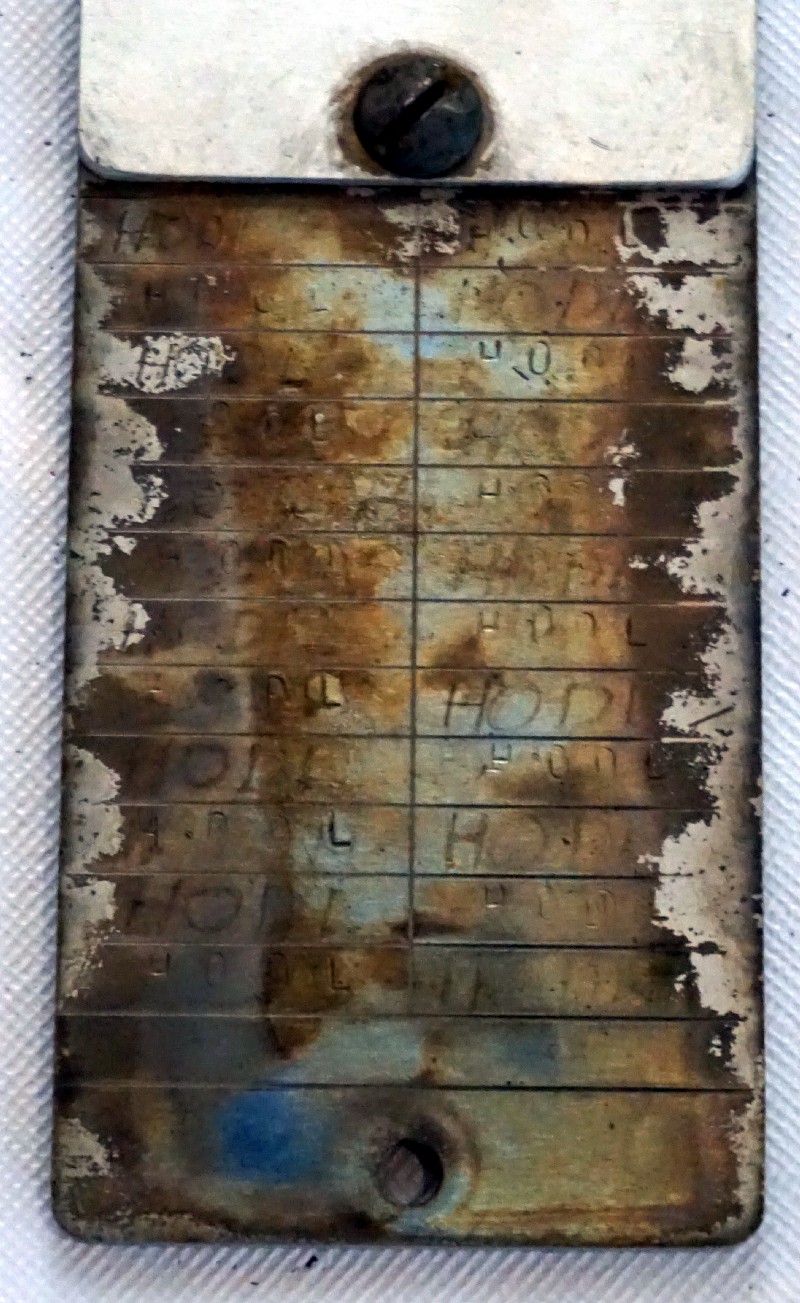
Cold Storage Coins: Already illegible from heat, even more so now.
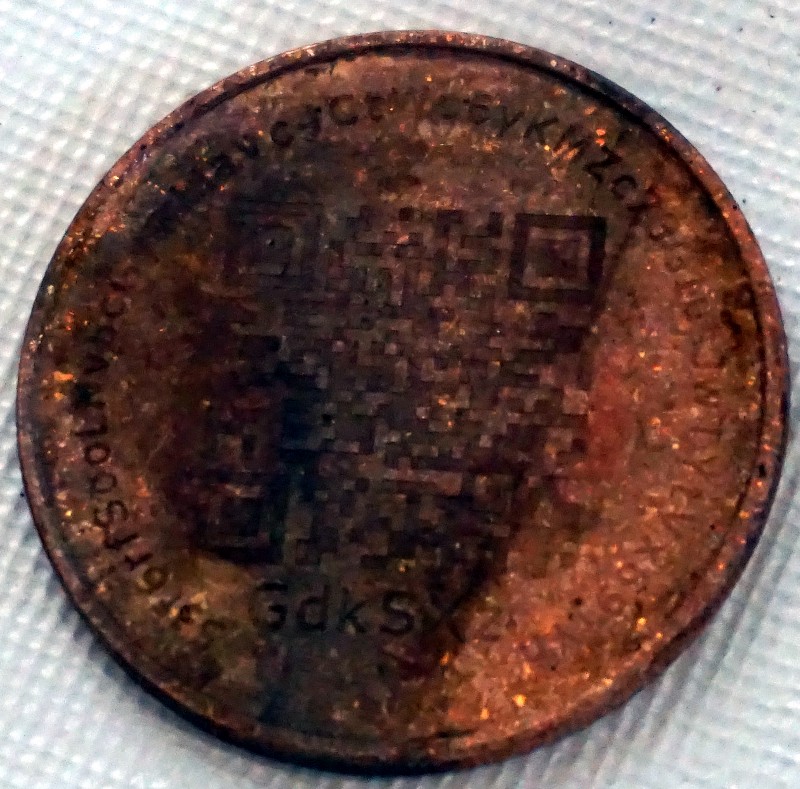
CryptoTag: In excellent condition, no data loss.
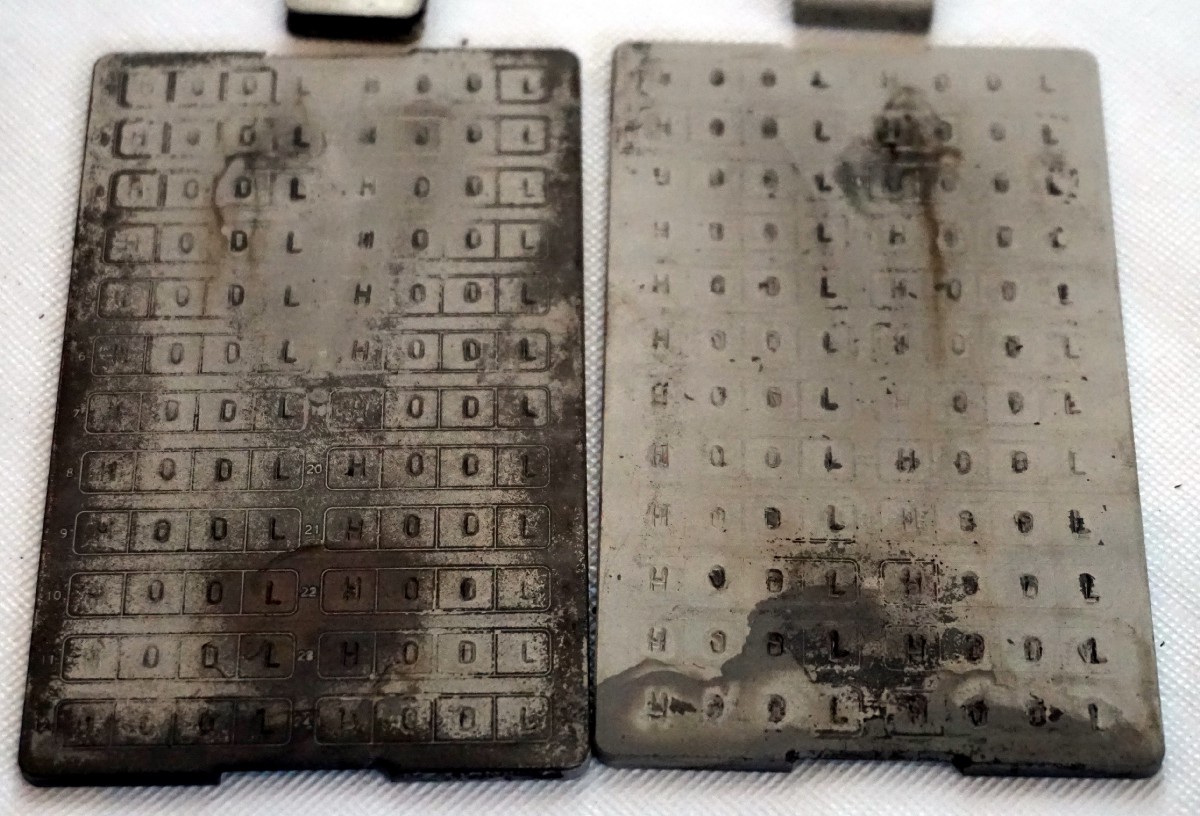
CryptoVault: Experienced some data loss, mainly of the freehand etched words.
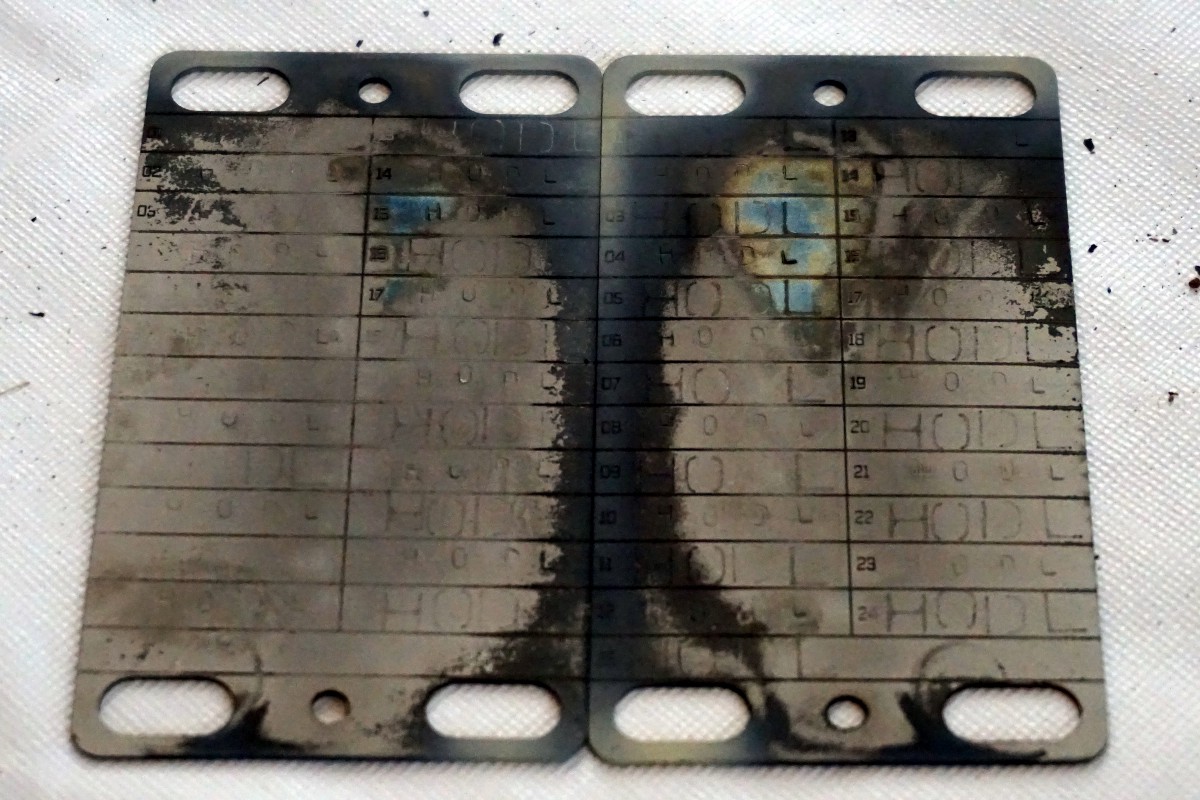
The HODL wallet: Just like with the Blockstream Metal, all of the rivets dissolved and thus the stacks of rails fell apart, resulting in all of the tiles falling out. Catastrophic data loss.
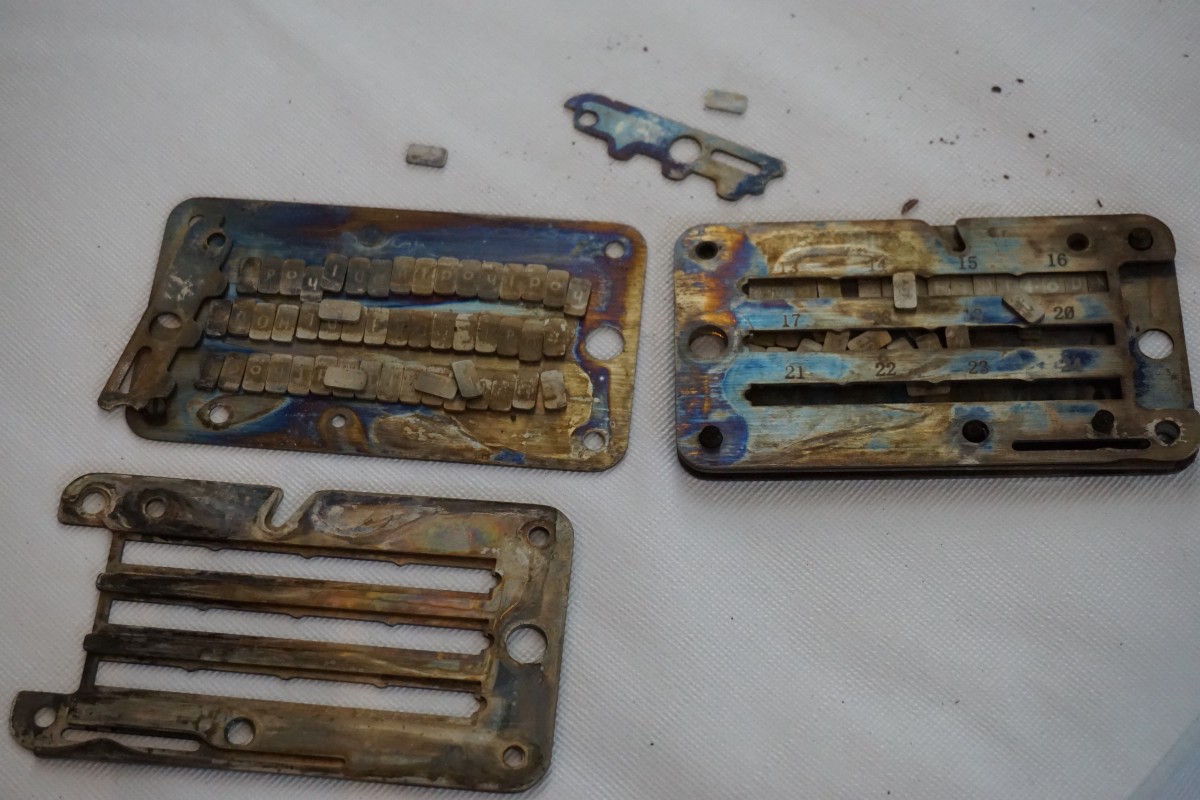
Keyois Capsule: Still legible.
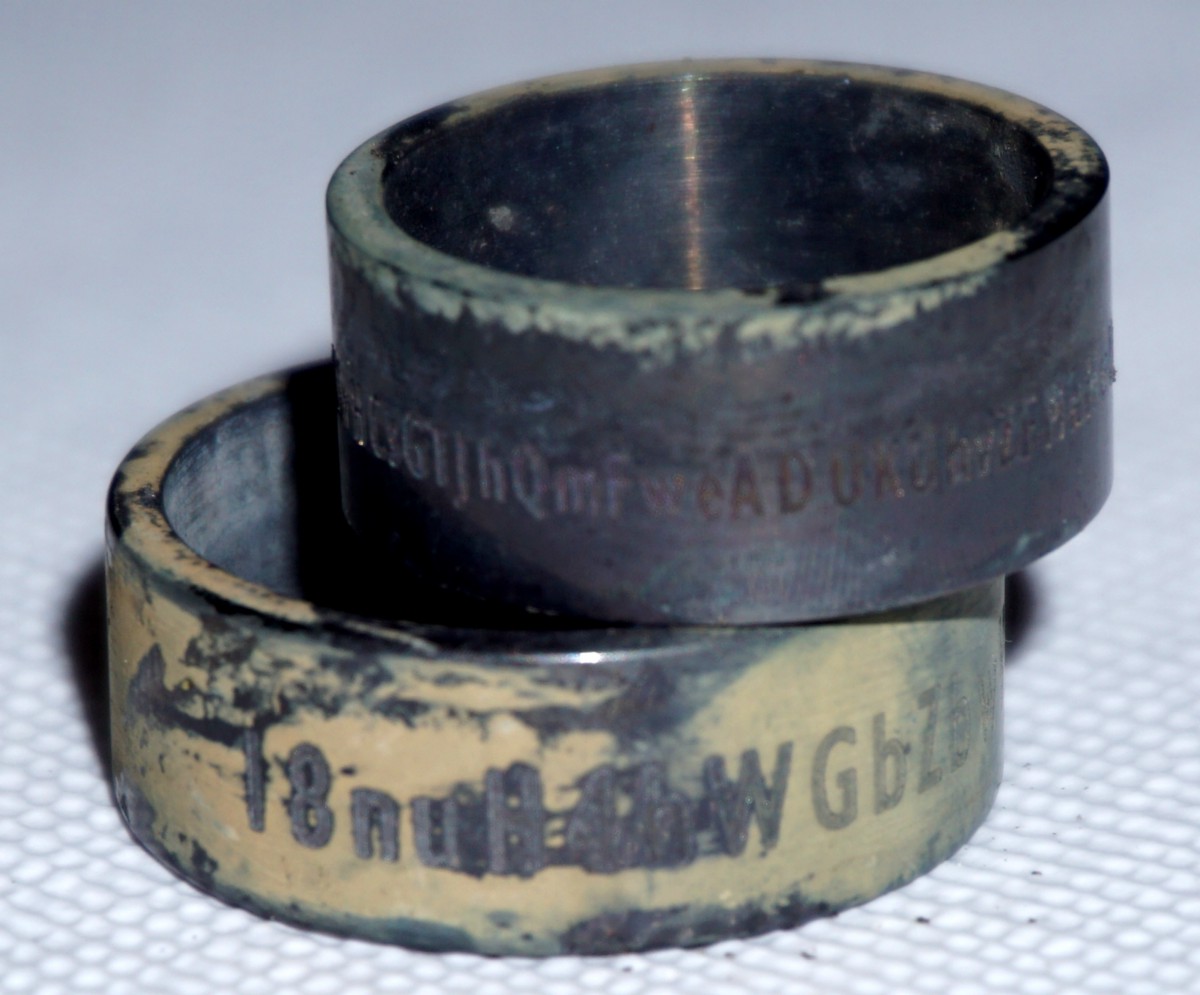
SeedSteel: No data loss of any of the writing types.
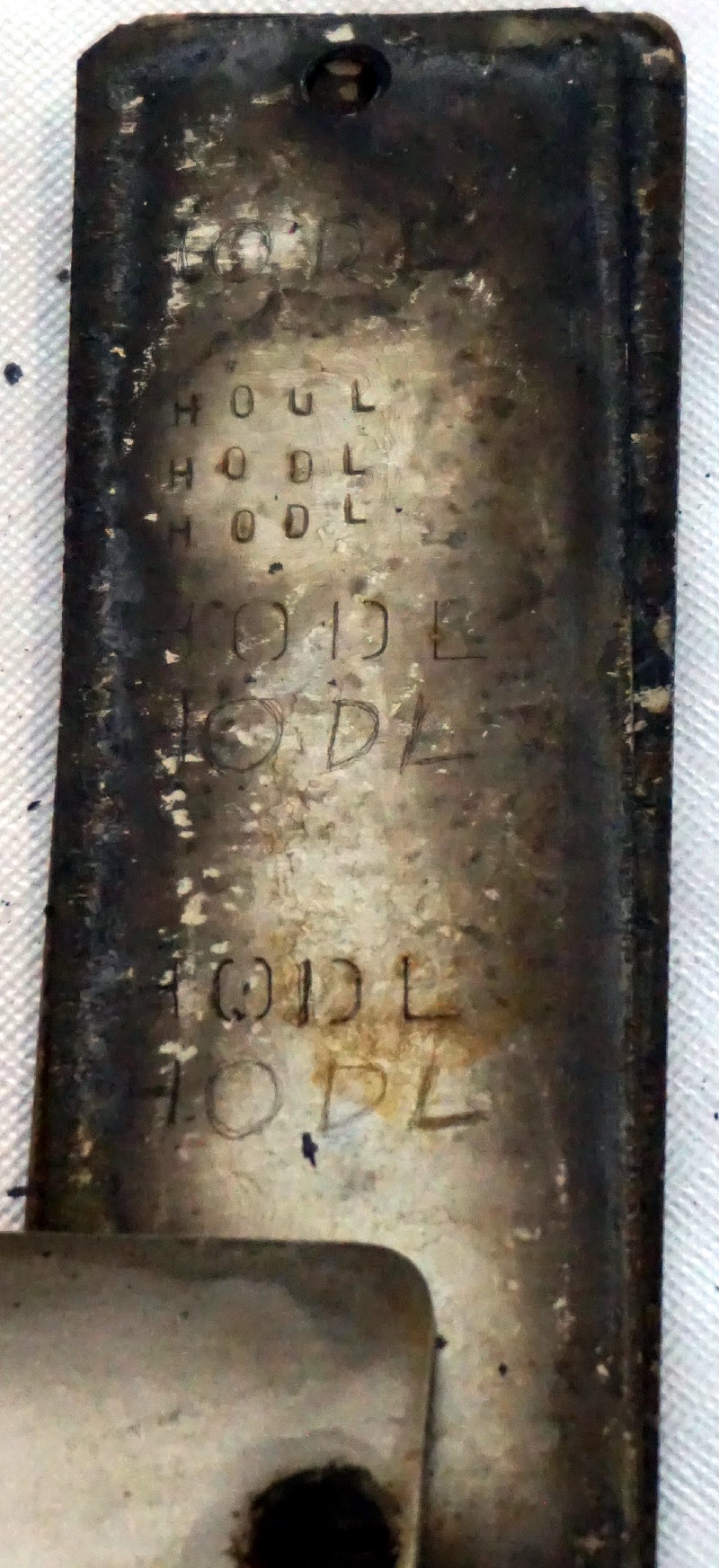
Simbit: The only tile-based device to survive the corrosion test — hard to read but still legible.
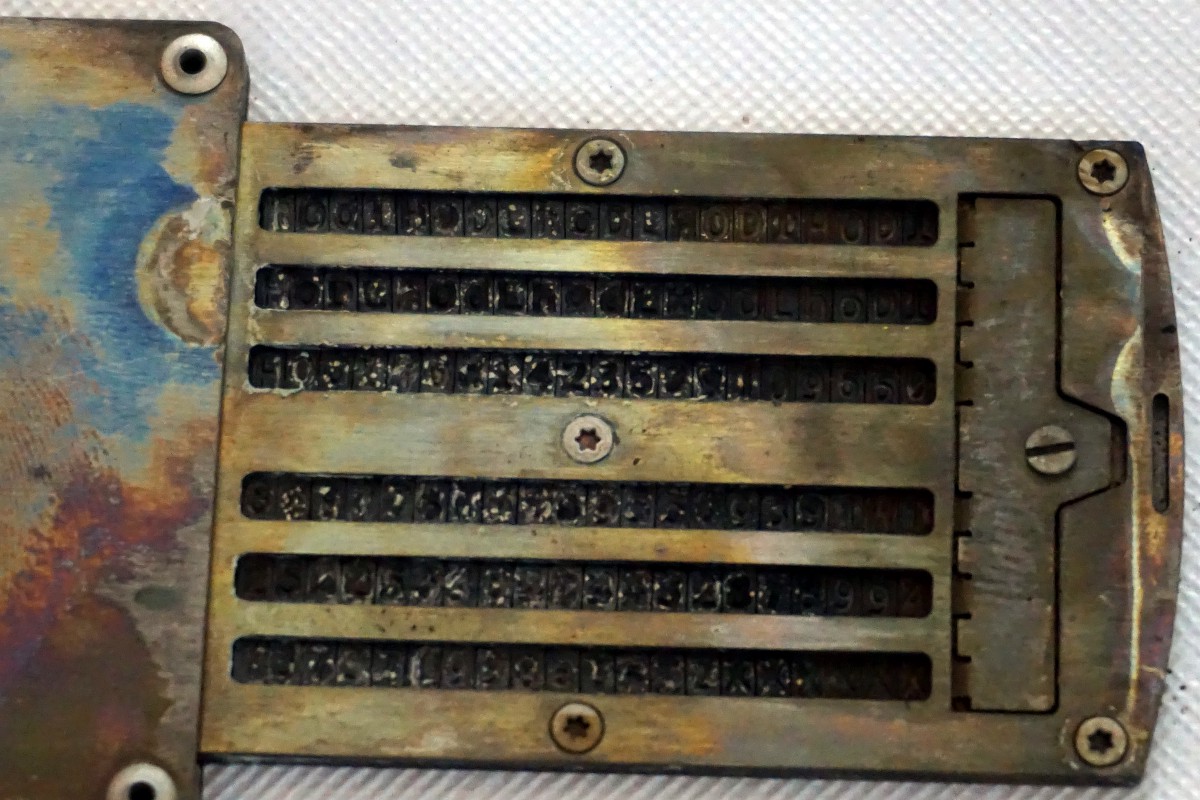
Steeldisk: Already suffered catastrophic data loss from the heat test; the corrosion test exacerbated it and more tiles fell out.
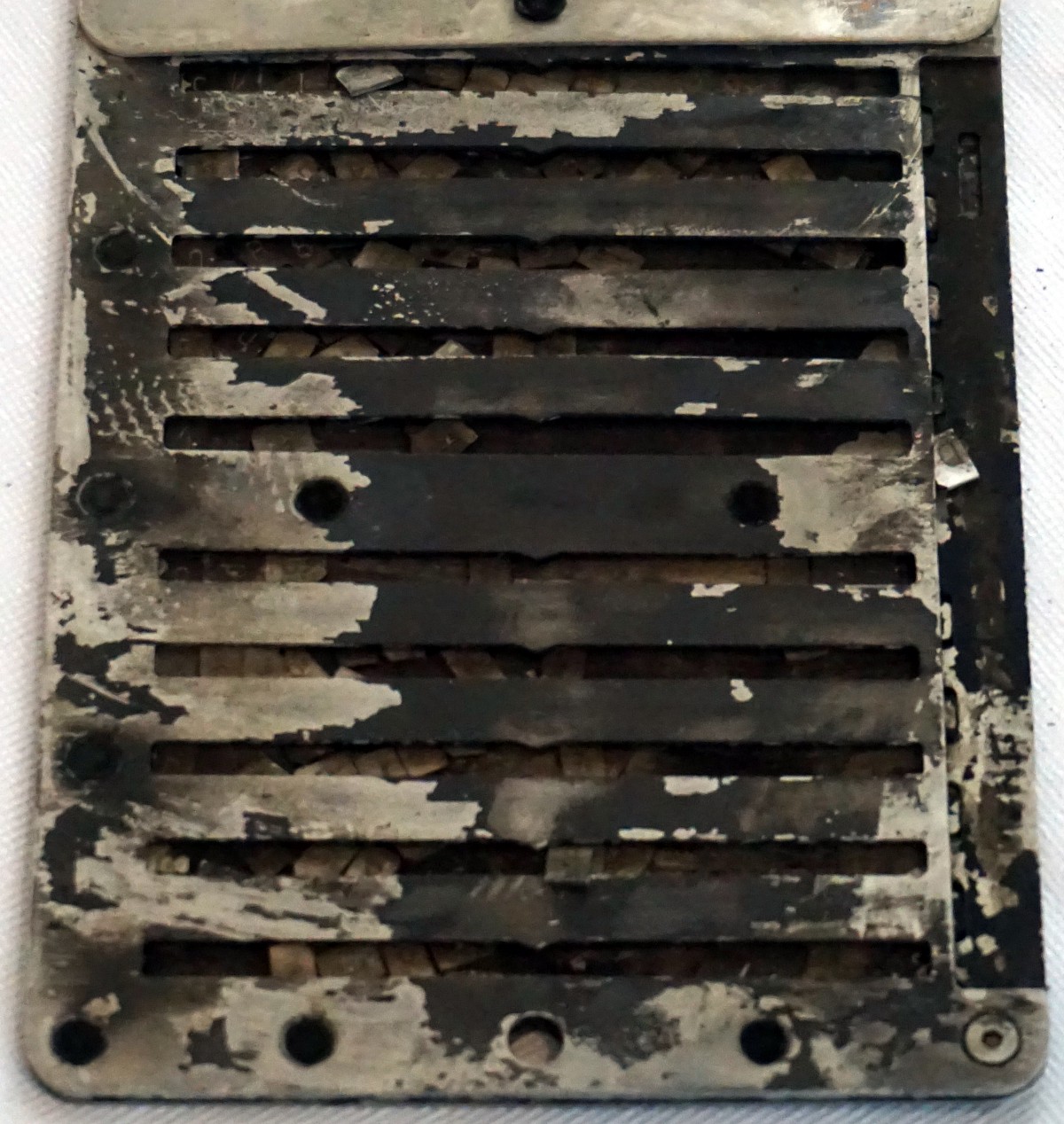
Steelwallet: No data loss.
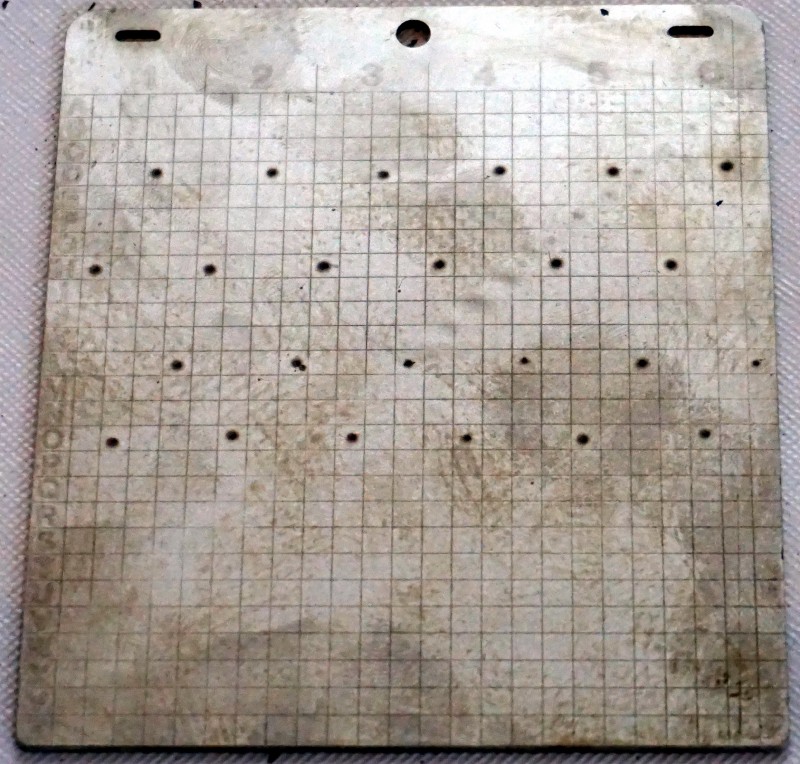
Stress Test: Crushing
A 20 ton hydraulic press was used to deform the devices, after which I checked to see if the seeds were still readable. Do you need to worry about this level of pressure? Probably not unless you’re keeping the device at the bottom of the Mariana Trench or in a structure that could collapse on top of it like a mine or a skyscraper.
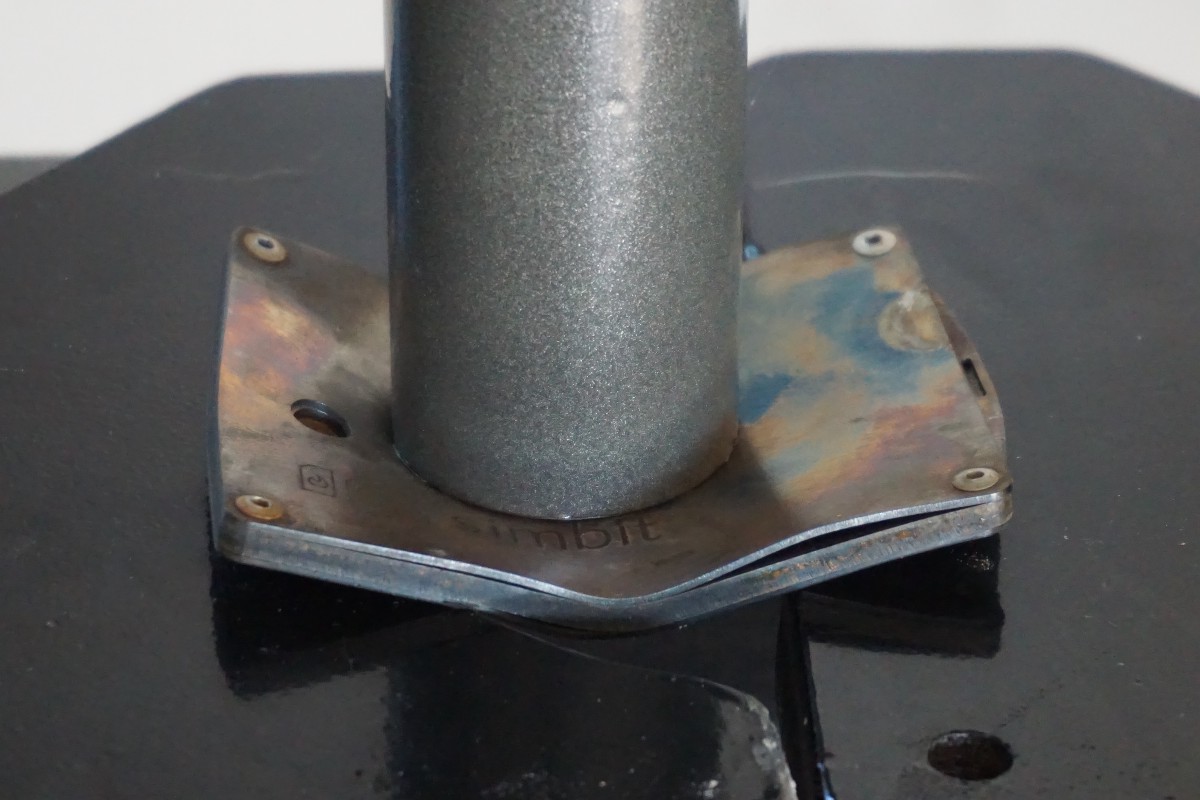
Blockplate 2.0: No data loss.
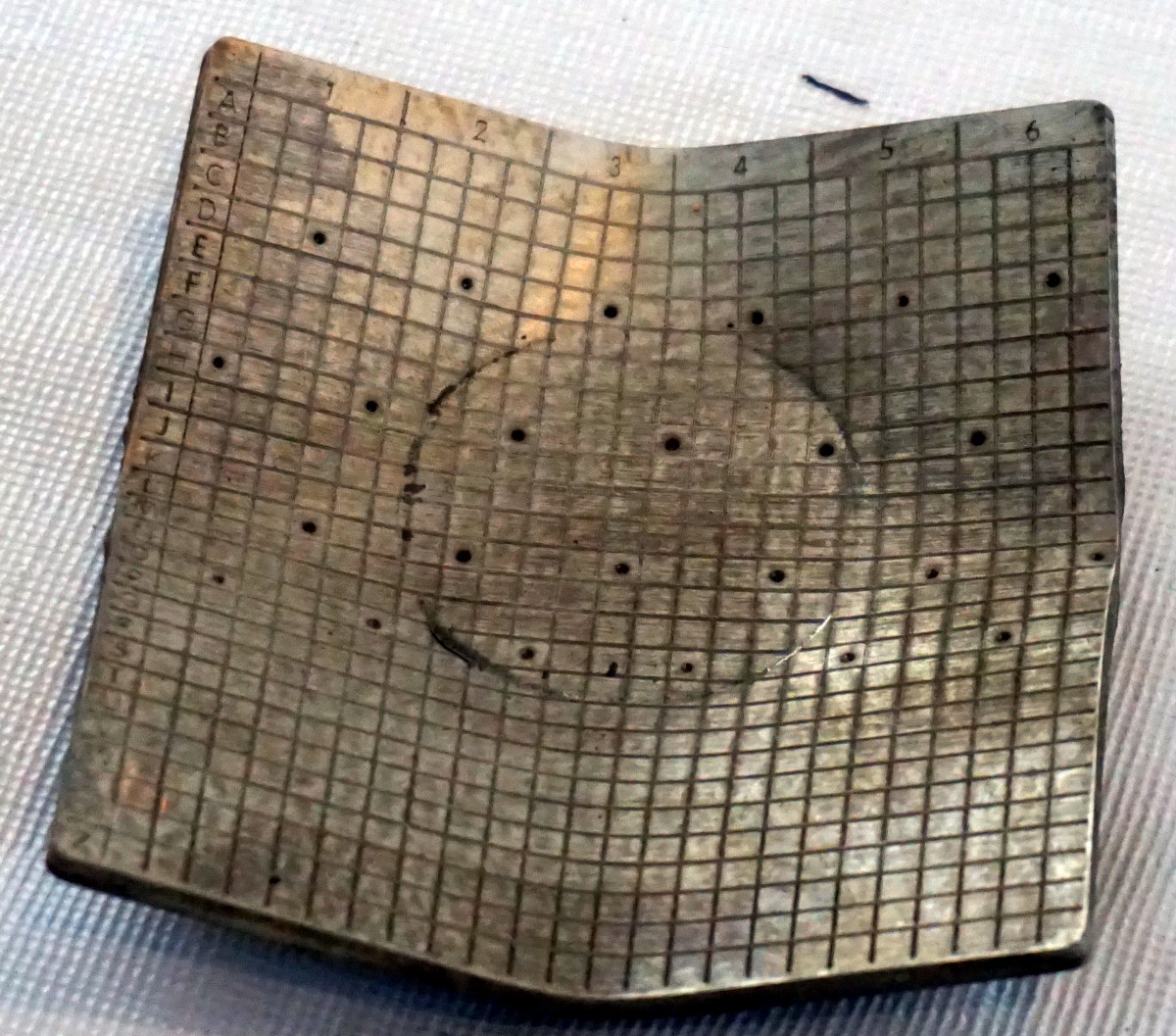
Blockstream Metal: Already destroyed, but we know from last year’s test of the Billfodl that the tiles would fall out after the device was crushed and pried back open.
Coldbit Passphrase: No additional data loss (the acid caused the freehand etched words to disappear.)

Coldbit Steel: Hard to read, but no data loss.
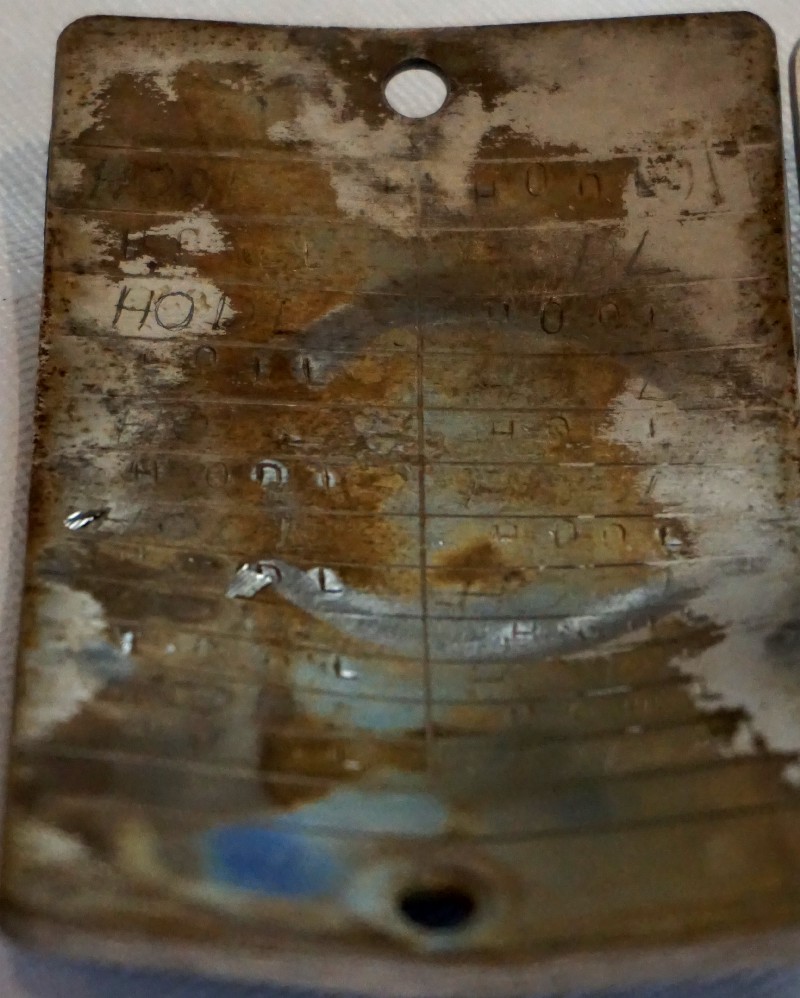
Cold Storage Coins: Already destroyed. It did get stuck to the press though and left an impression of the B on the pressing plate.
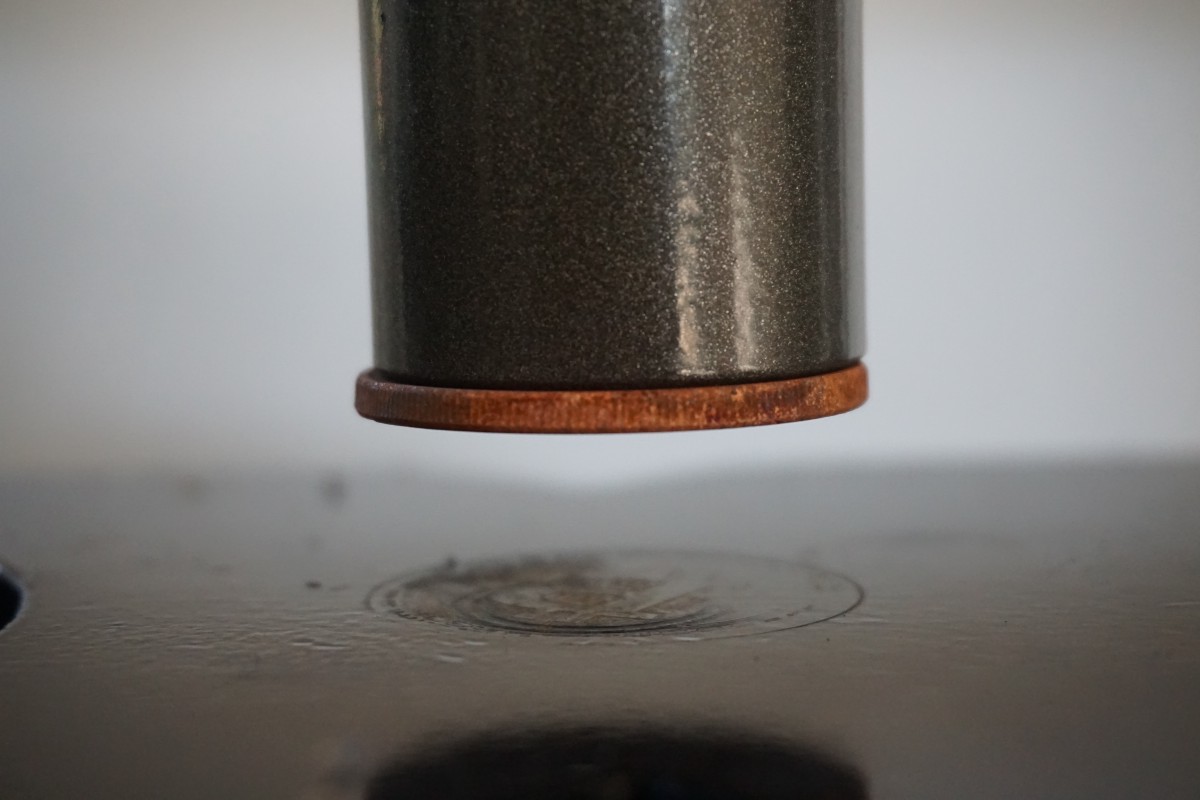
CryptoTag: No data loss.
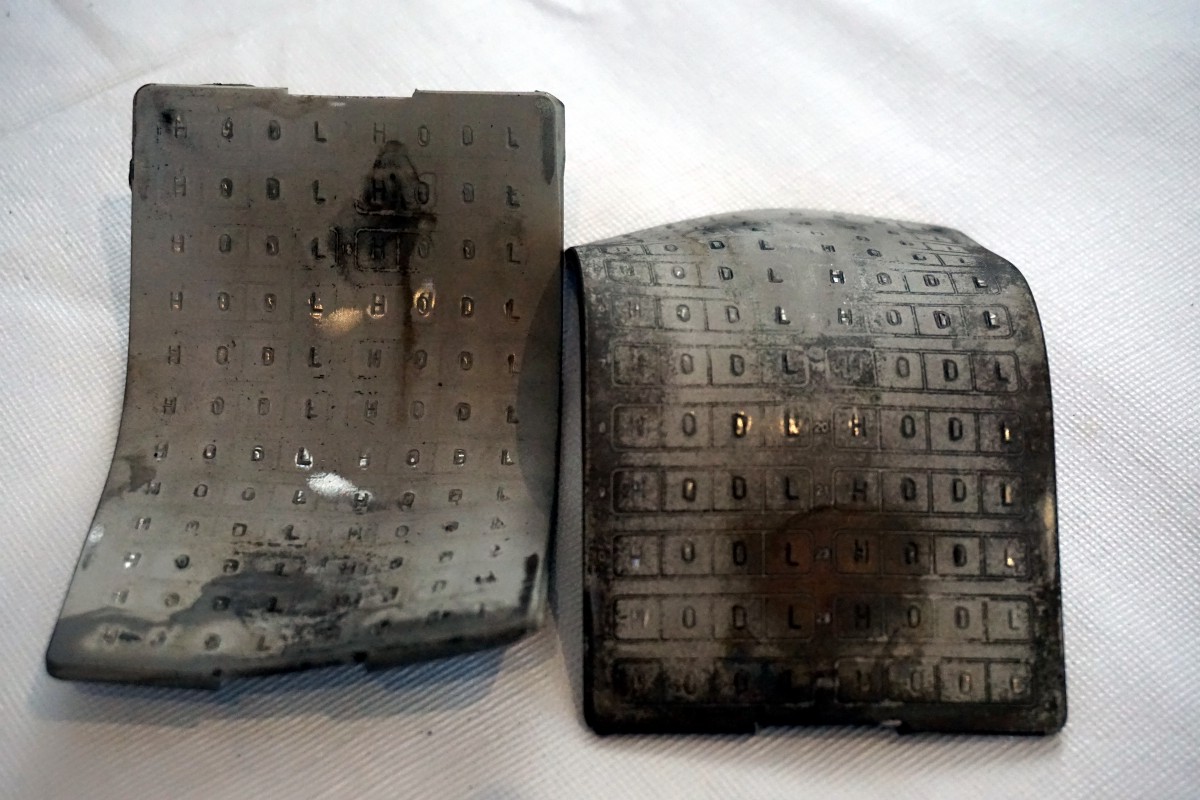
CryptoVault: No additional data loss (the acid caused the freehand etched words to fade.)
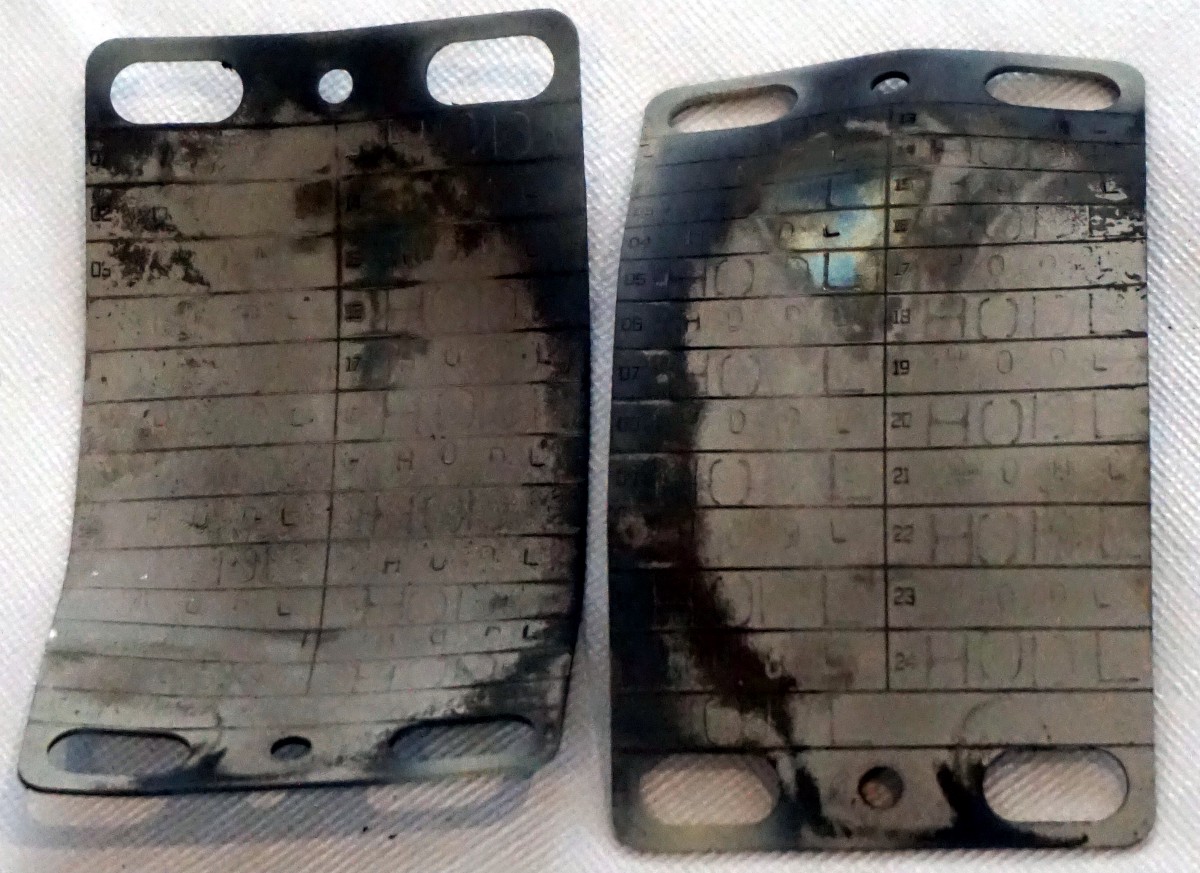
The HODL wallet: Already destroyed, but we know from last year’s test of the Cryptosteel that the tiles would fall out after the device was crushed and pried back open.
Keyois Capsule: No deformation and no data loss.
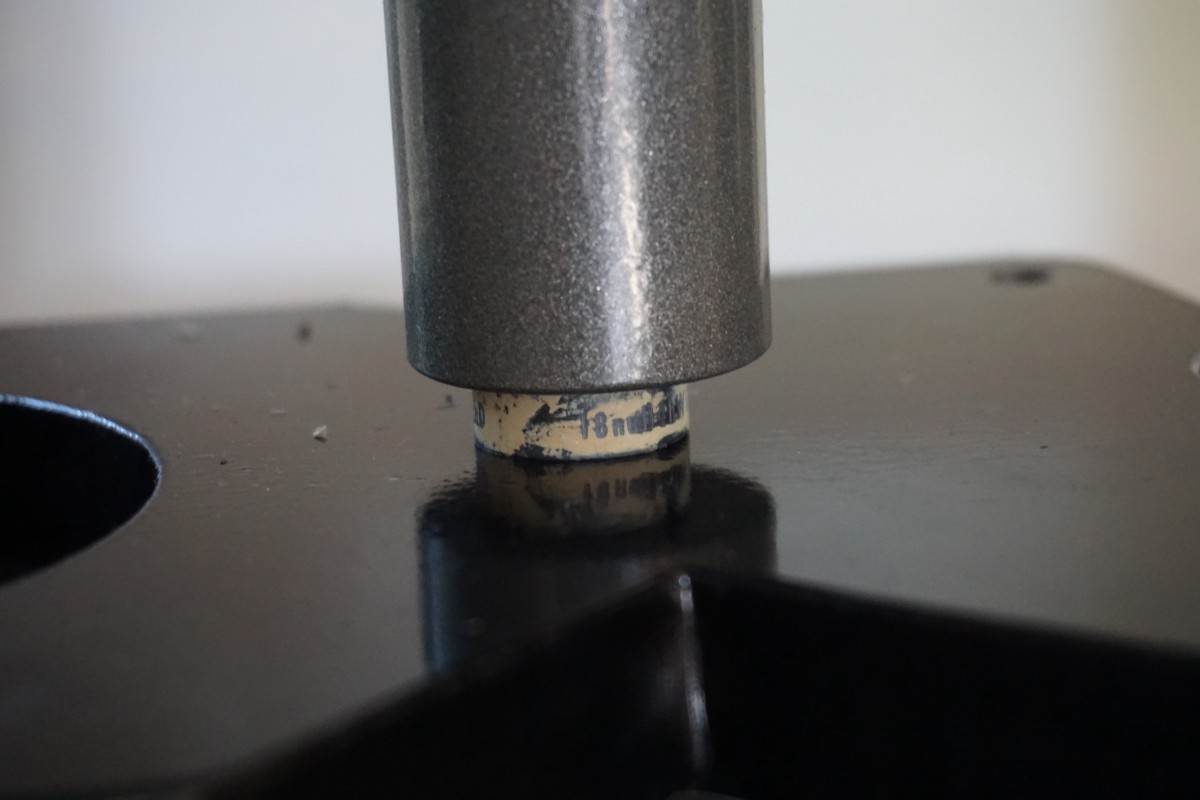
SeedSteel: No data loss.
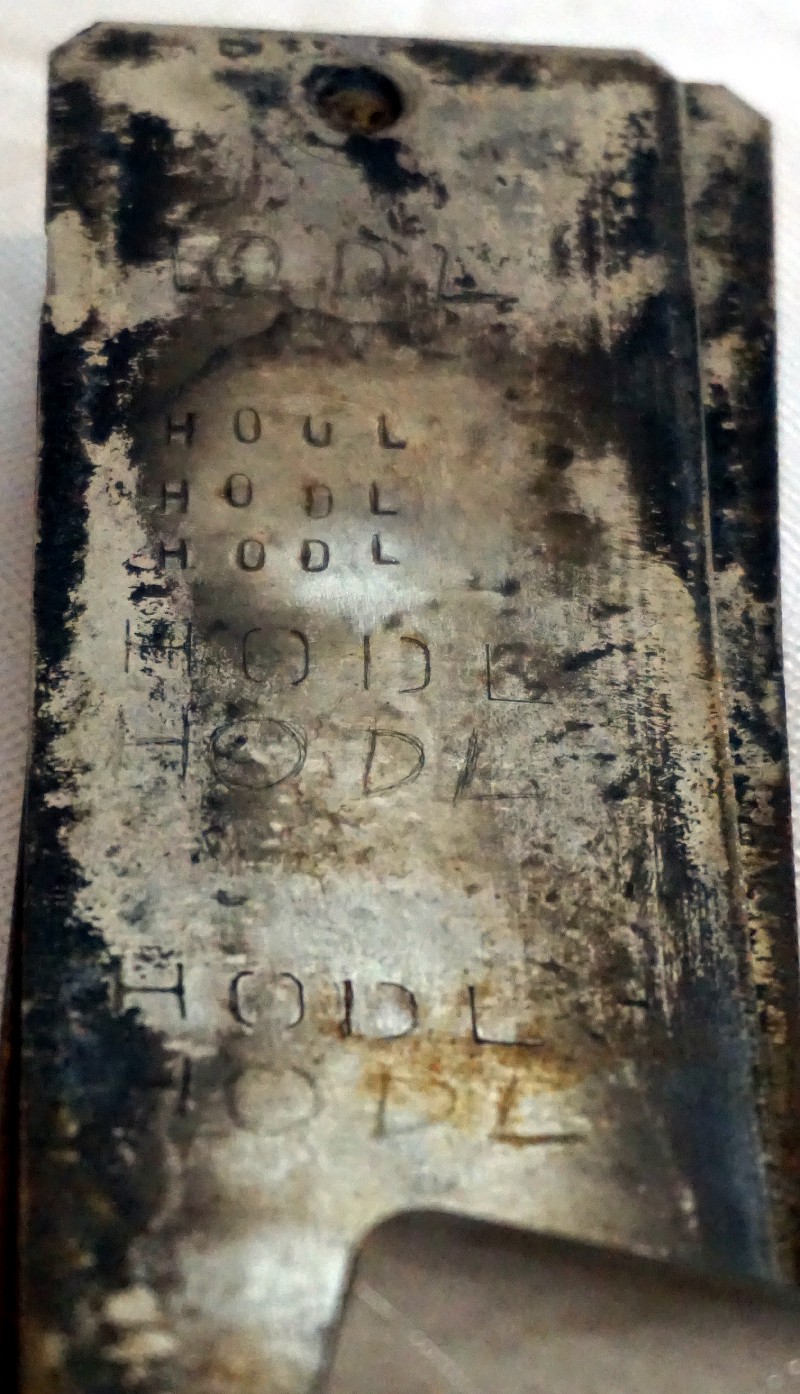
Simbit: Surprisingly, no data loss! This was the only tile-based device to survive all of the stress tests. I suspect that this is due to how thin the tiles are and how tightly they fit in the rails — as such, when there was expansion / contraction / movement of the metal, all of the pieces remained together.
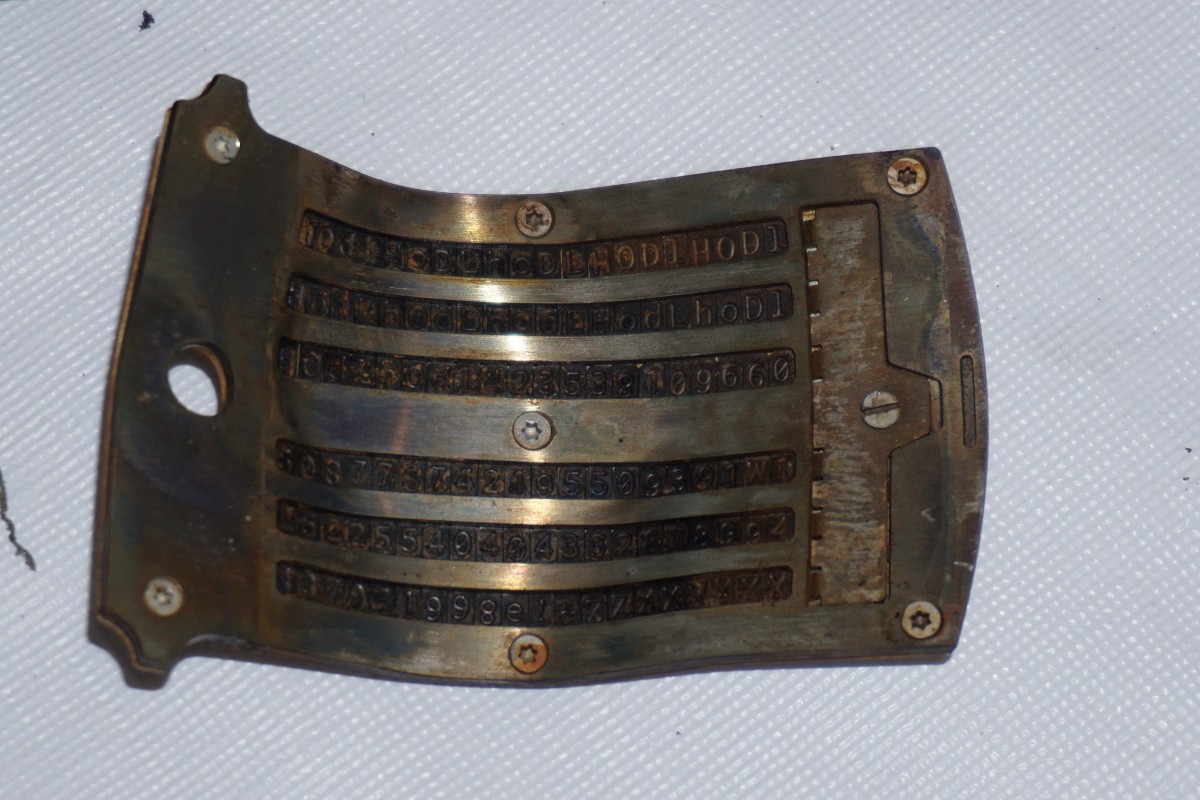
Steeldisk: Already destroyed, but highly likely that if it had been crush tested first that the tiles would have fallen out. I think this is a safe assumption to make because it uses the same style rails and tiles as the Cryptosteel clones like Blockstream Metal and HODL Wallet.
Steelwallet: No data loss, same as the Blockplate.
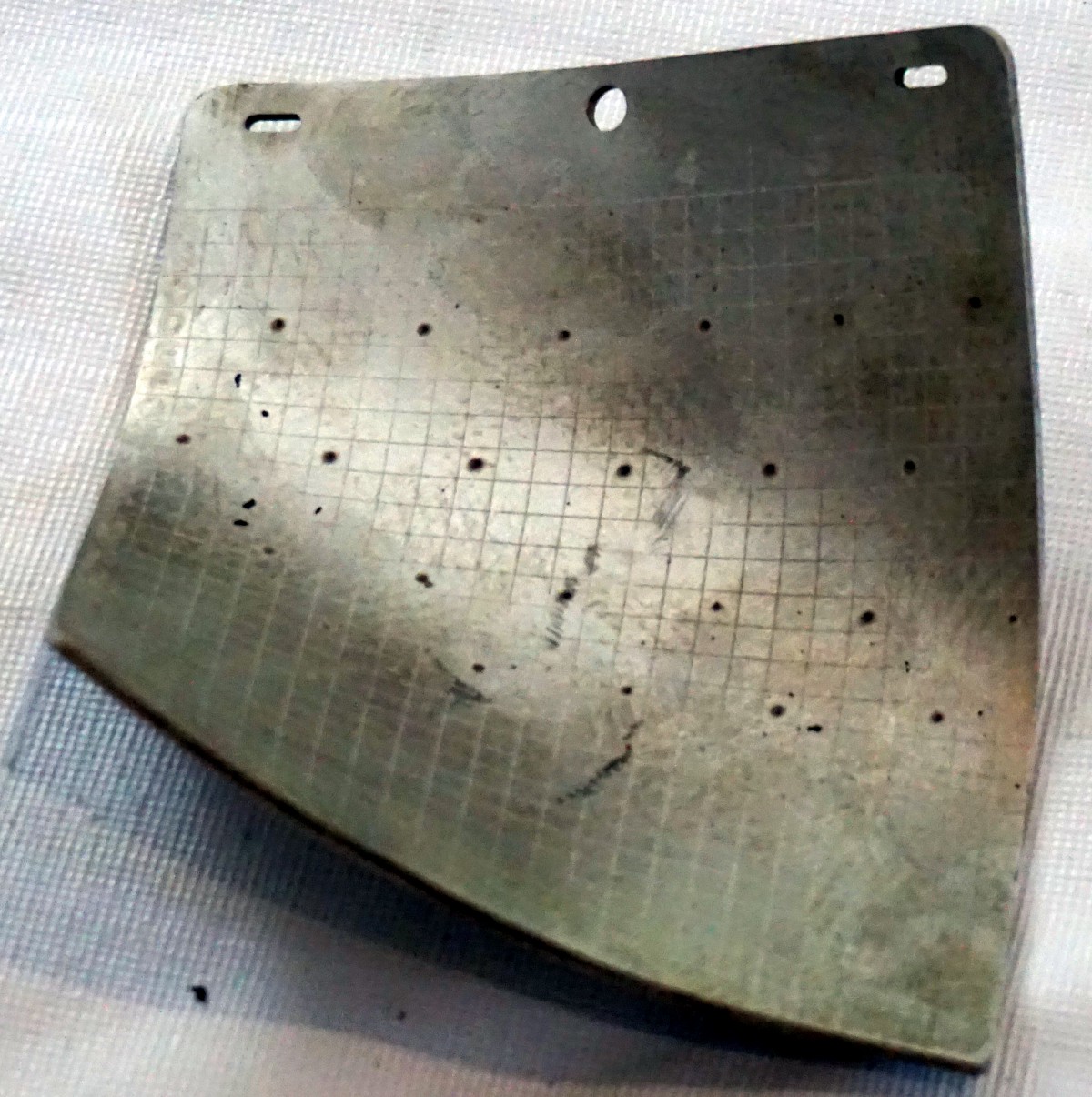
Results & Rankings
One thing to note is that these grades are equally weighted across the different stresses while your own risks are unlikely to be equal. Most people likely only need to worry about heat resistance.
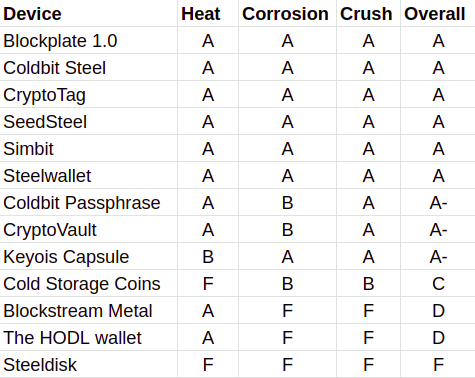
Conclusions
When deciding upon a metal data storage solution, it’s best to follow the KISS principle: Keep It Simple, Stupid! If the device has any moving parts, they are going to be prone to failure under various stresses.
Etching & stamping are arduous experiences in comparison to a simple center punch. It’s hard to screw up a center punch strike and even if you do get a light strike, it’s easy to perform a second strike in the same spot without creating a “ghosting” effect that actually makes it harder to read.
With these considerations in mind, I’d suggest that Blockplate and Steelwallet seem to be the most robust and simple options.
There’s still the issue of physical theft — it’s worth noting that any of these devices are vulnerable to theft if you use them to store an unencrypted BIP39 seed phrase. My optimal setup using retail options would be a Blockplate or Steelwallet to hold a passphrase protected seed, then use a stamped Coldbit passphrase to store it in a separate location. In order to improve your robustness against loss, preferably multiple of each in a variety of locations.
An alternative solution is to go seedless. This requires a software solution such as Casa Keymaster in order to manage your keys and can result in a more flexible solution that is even more robust against a variety of loss vectors.

